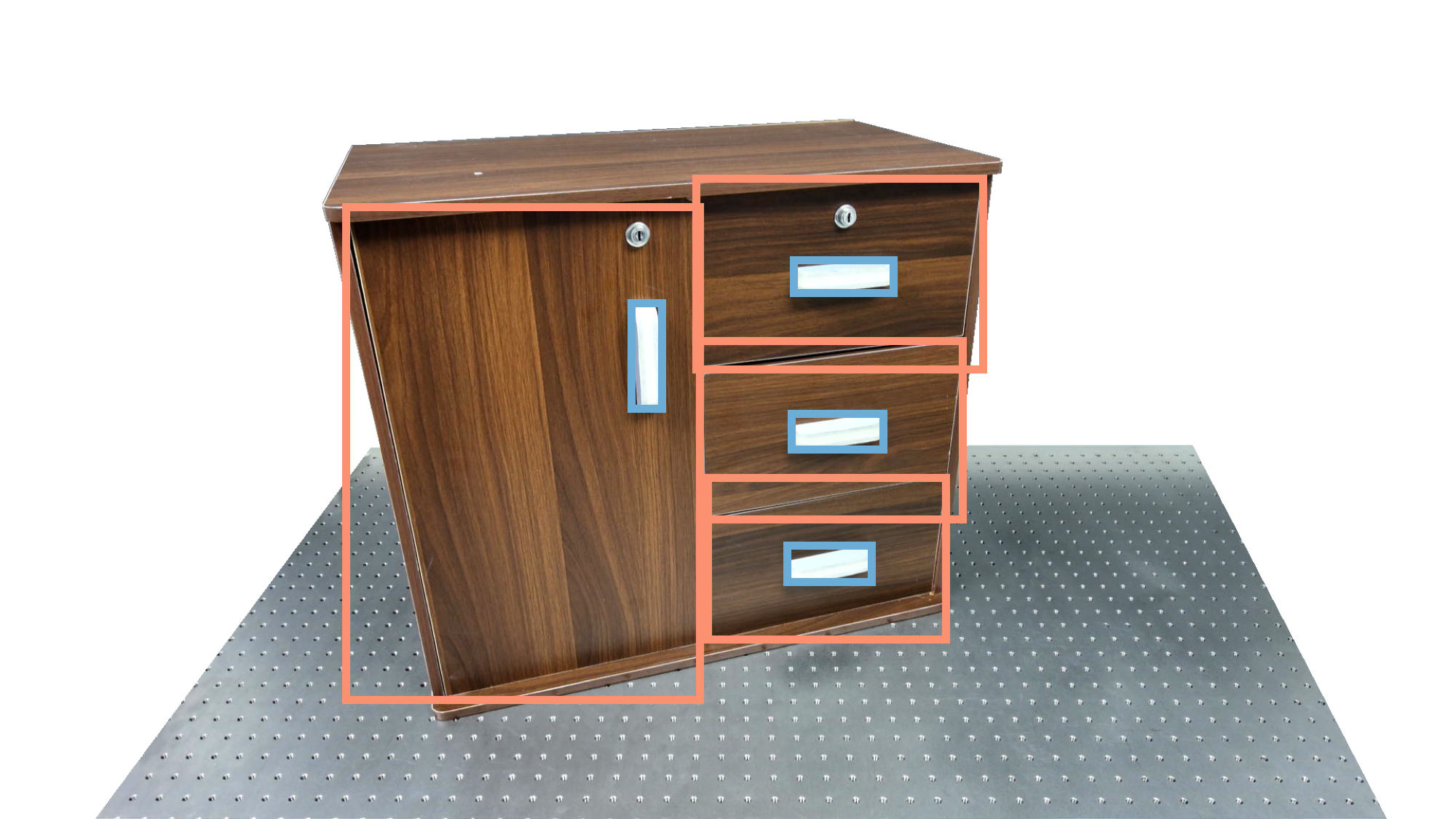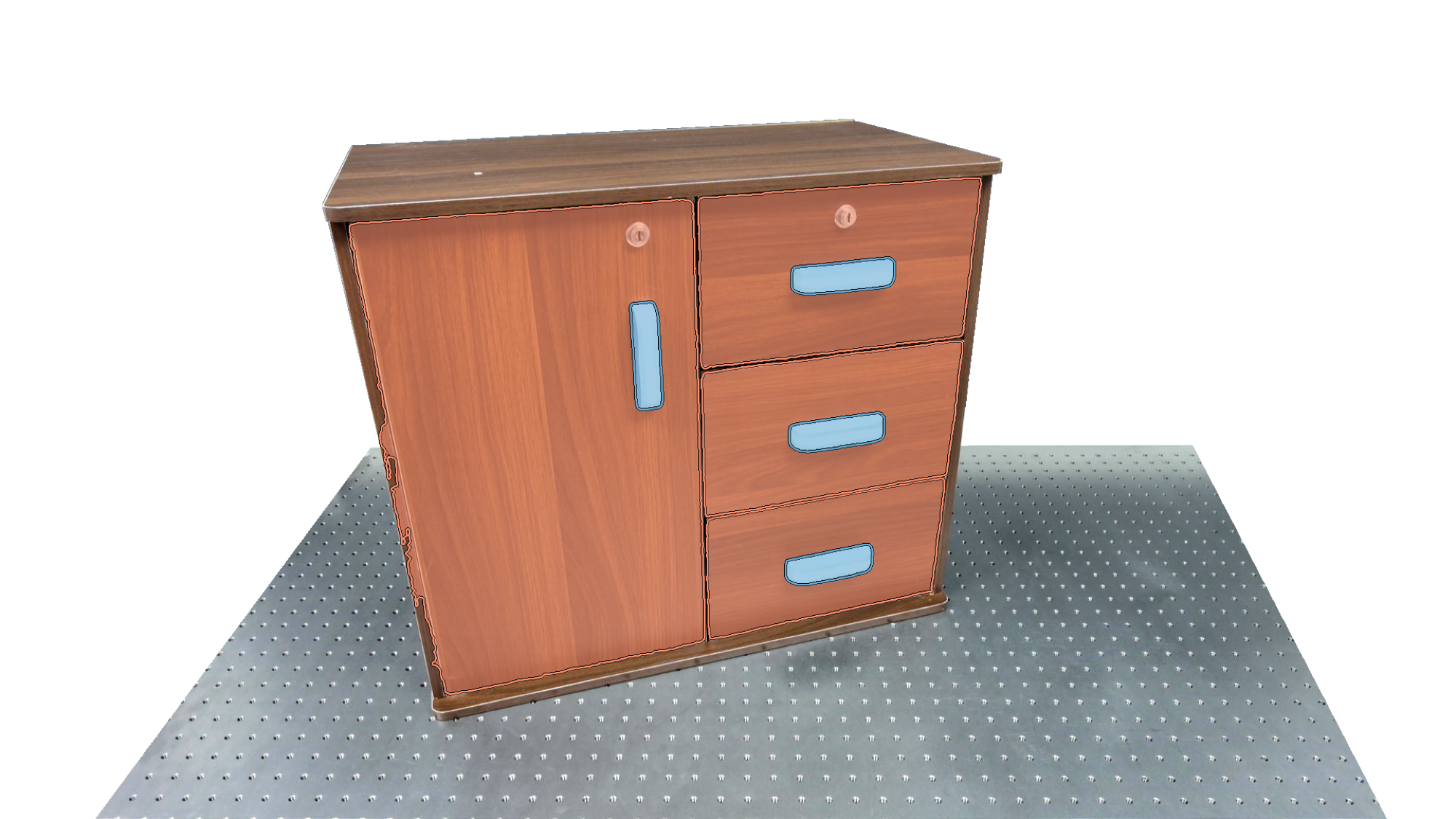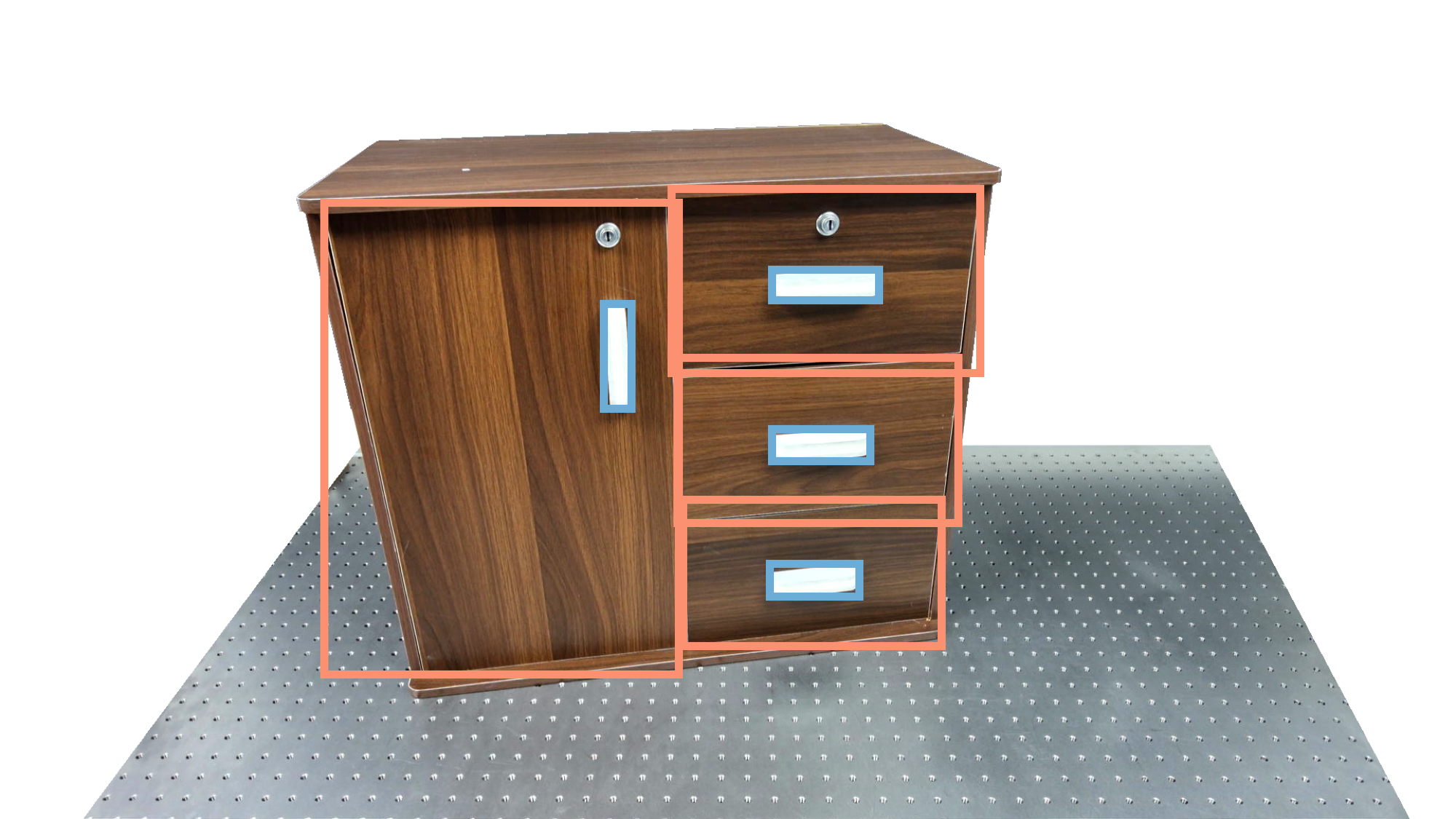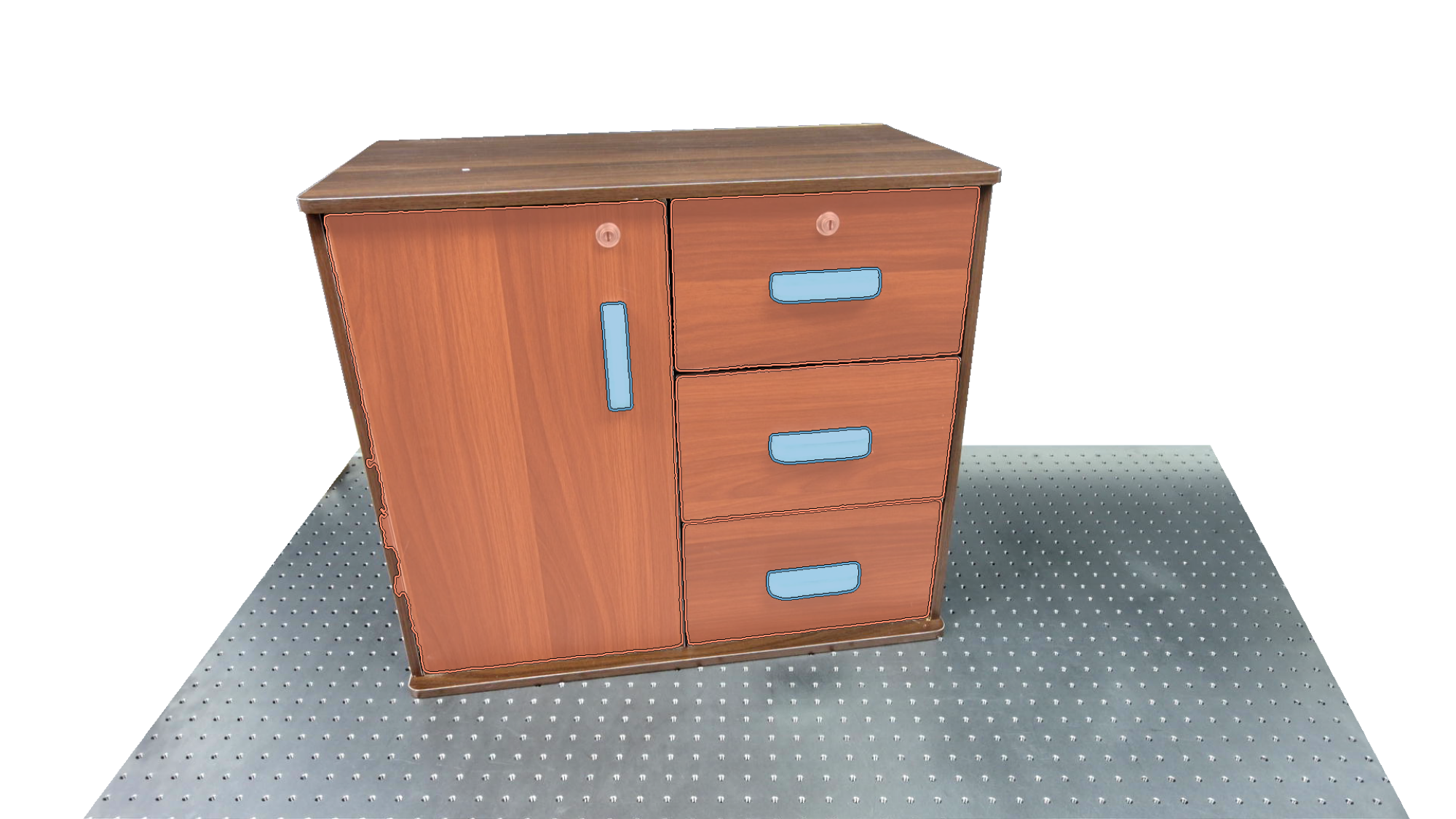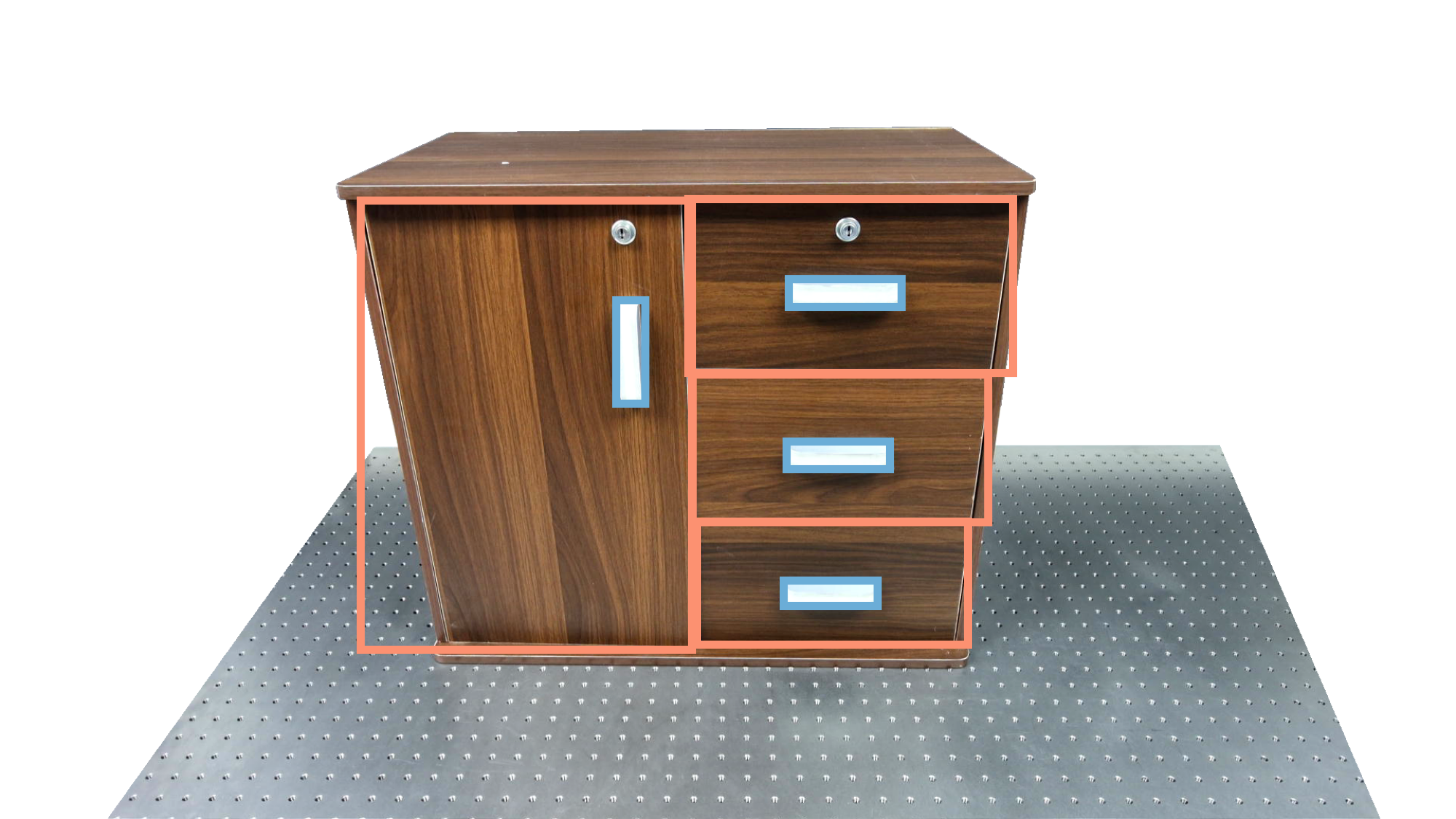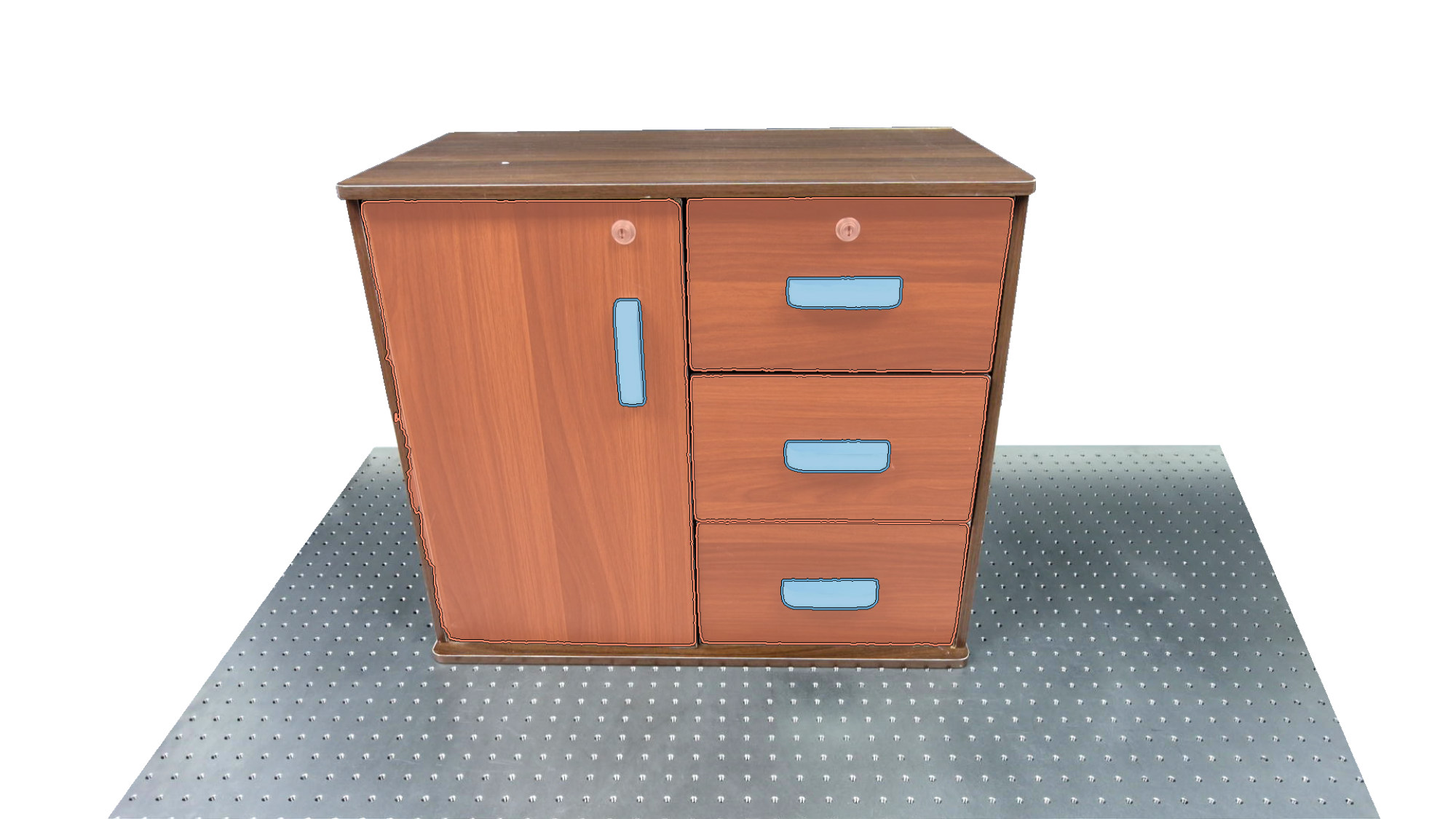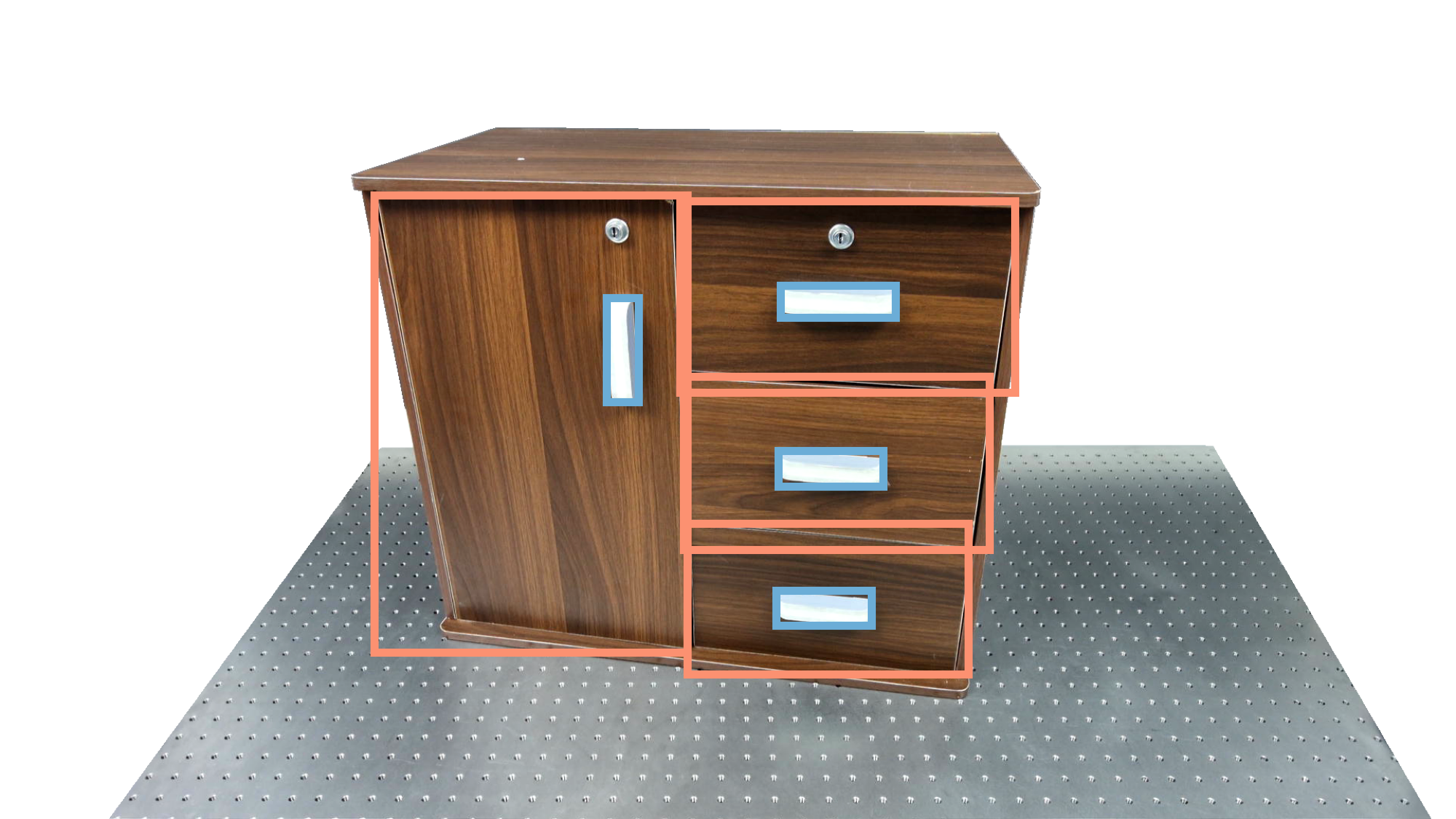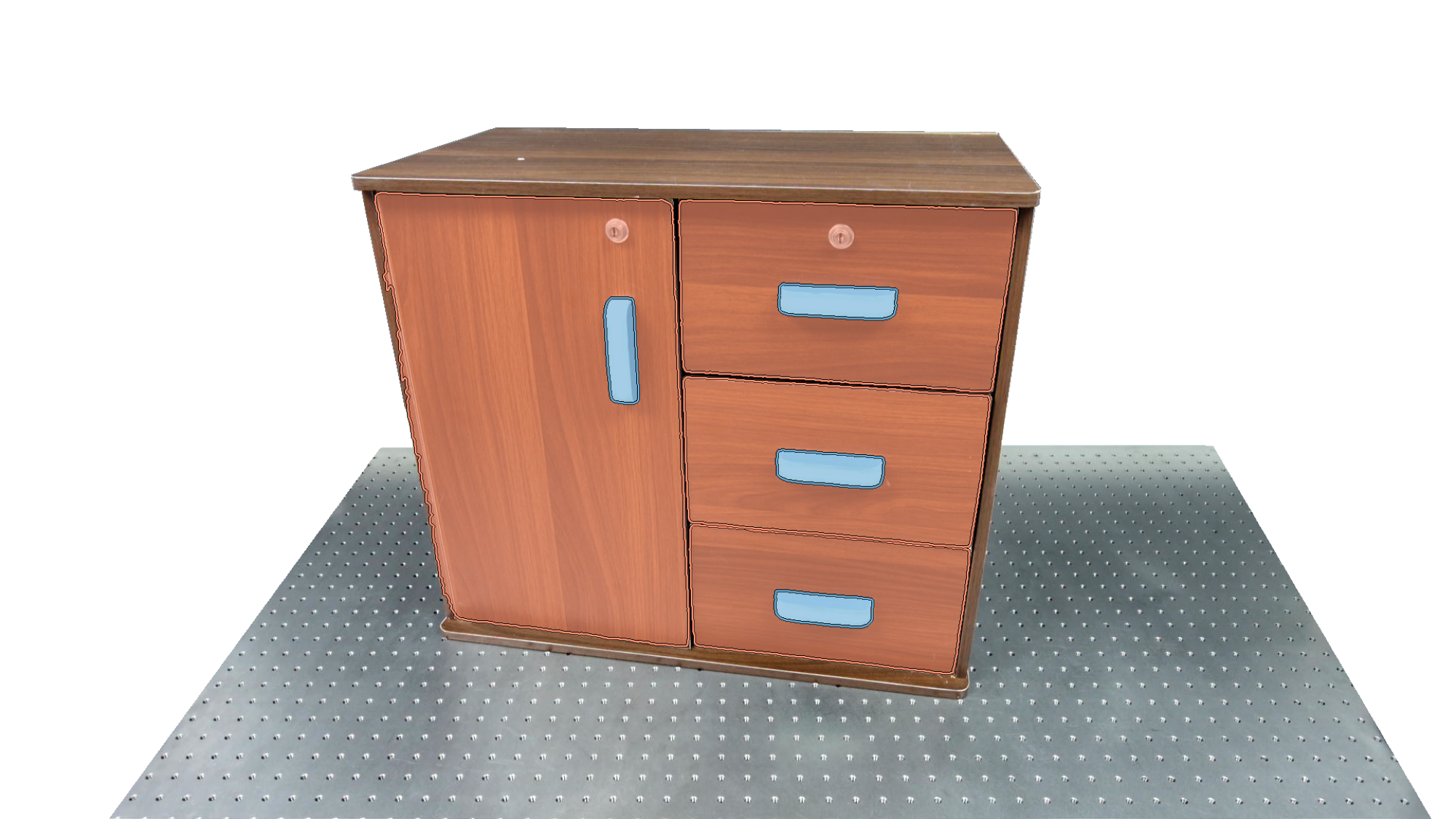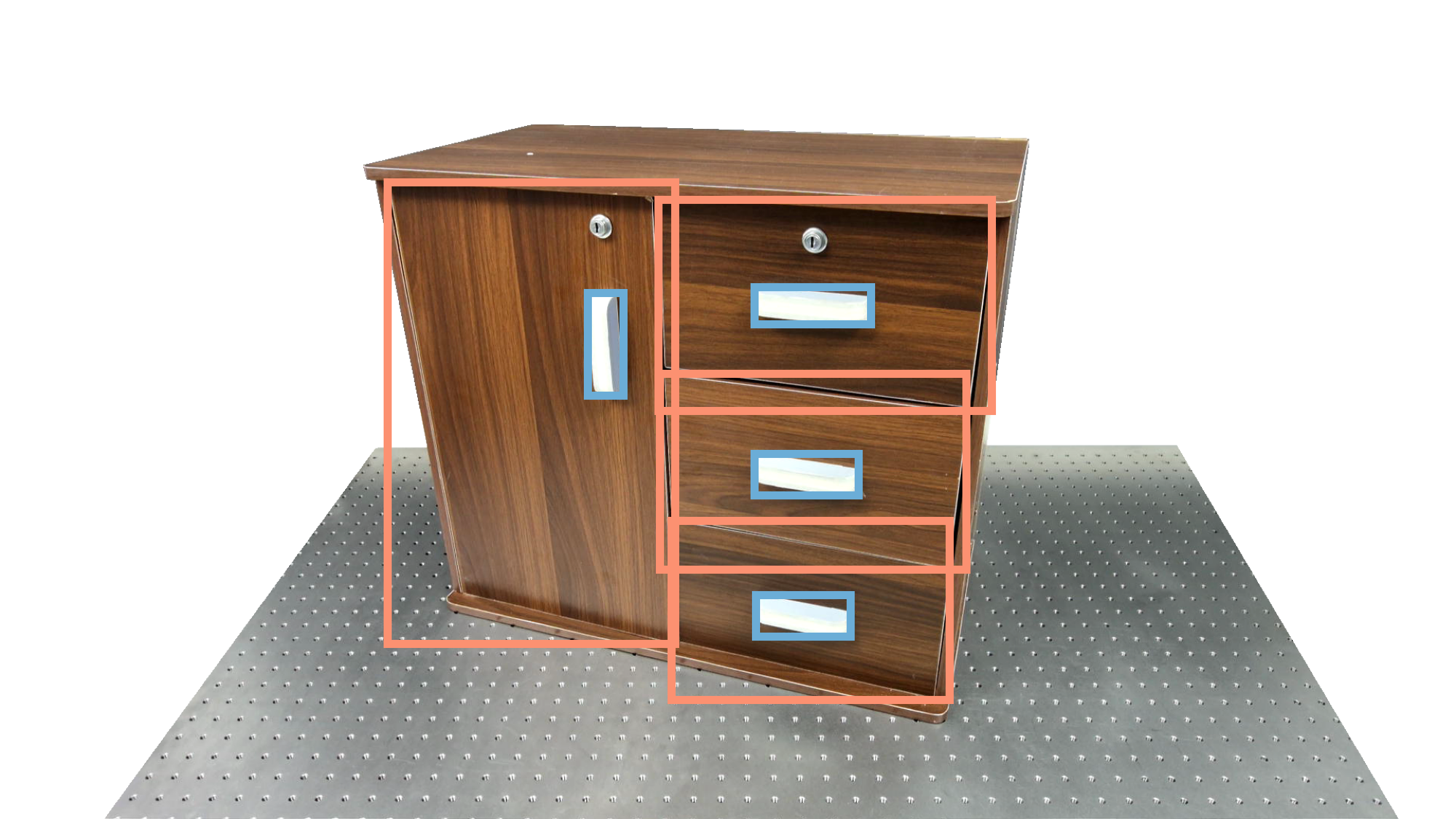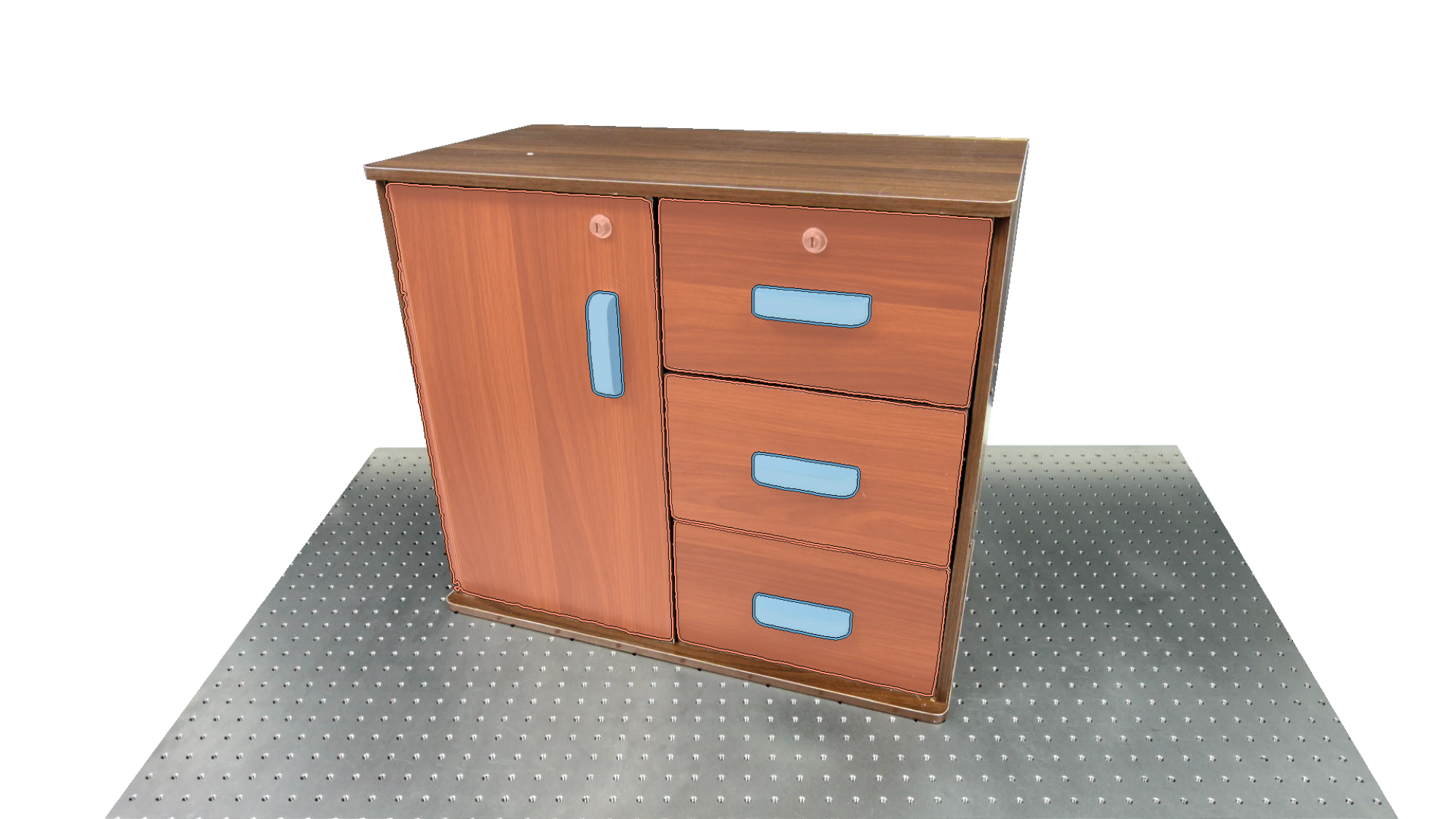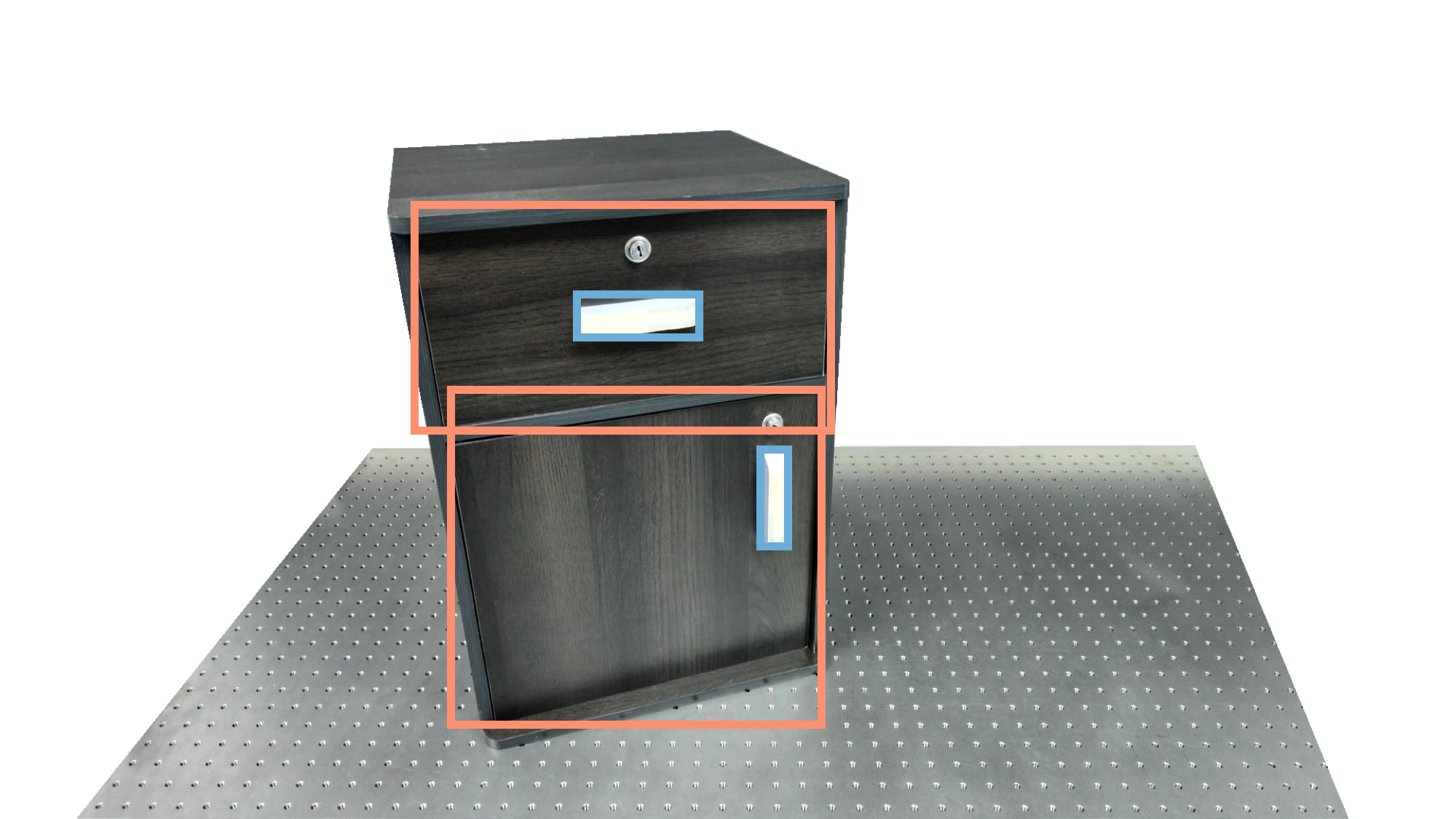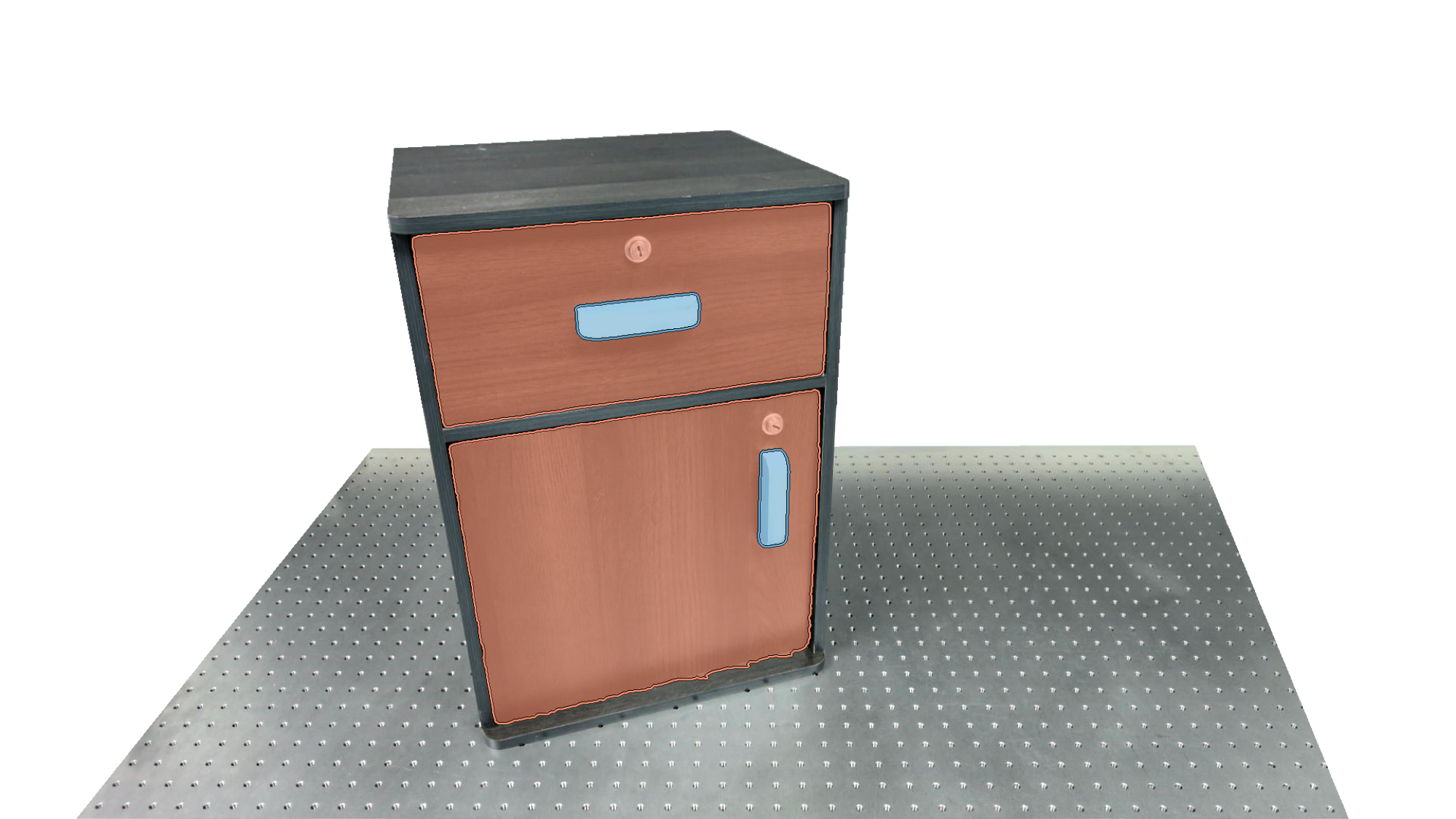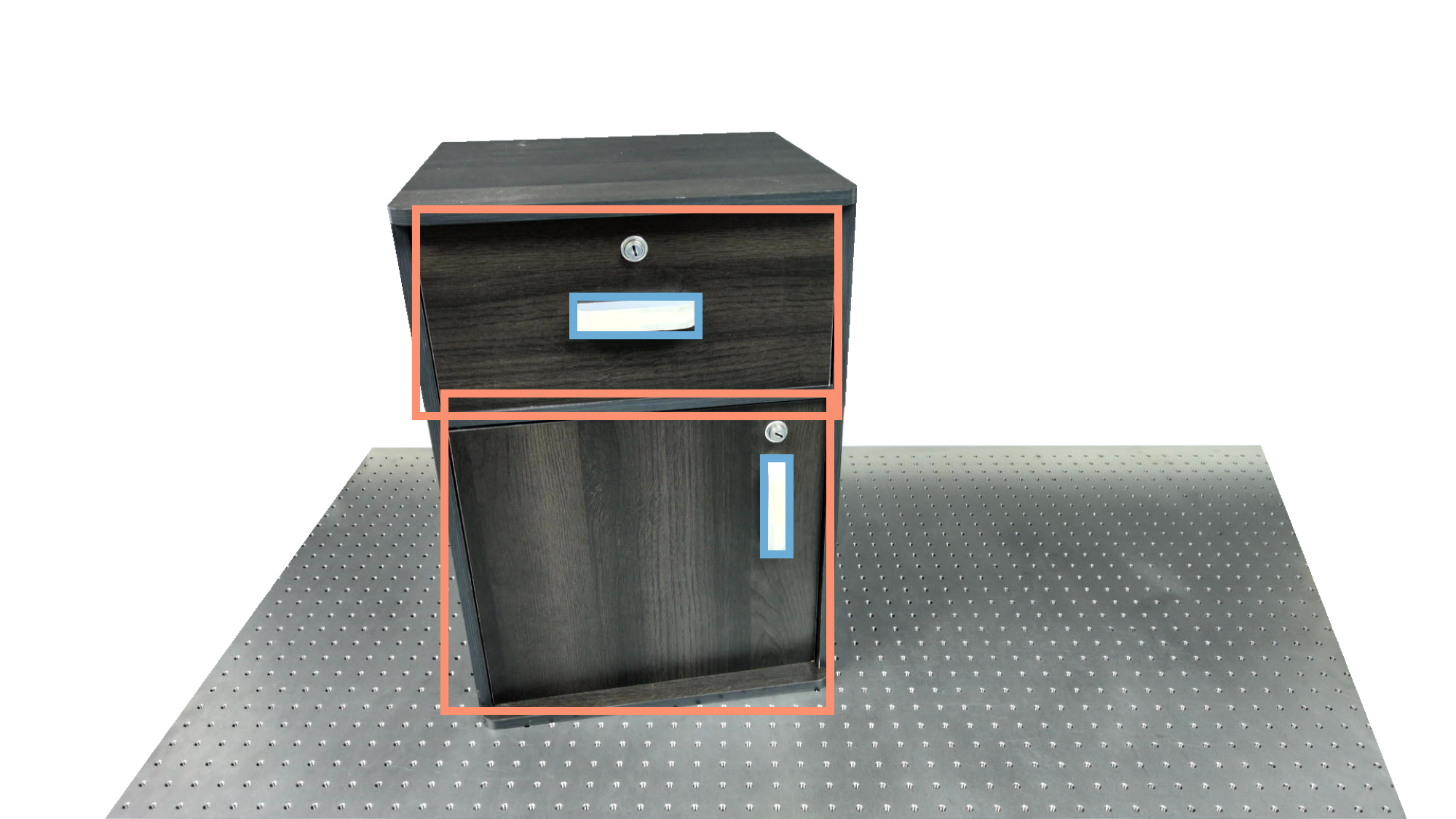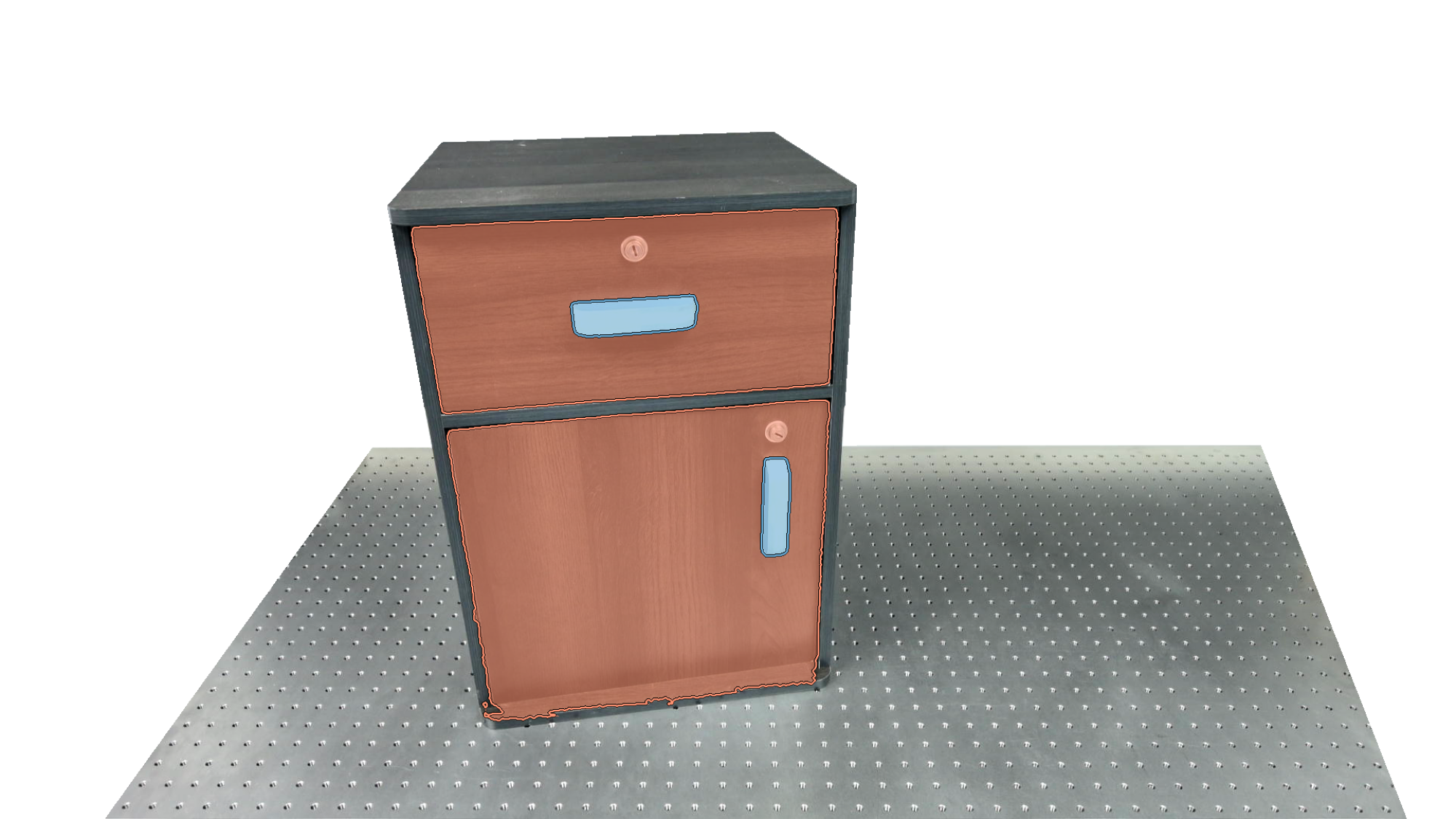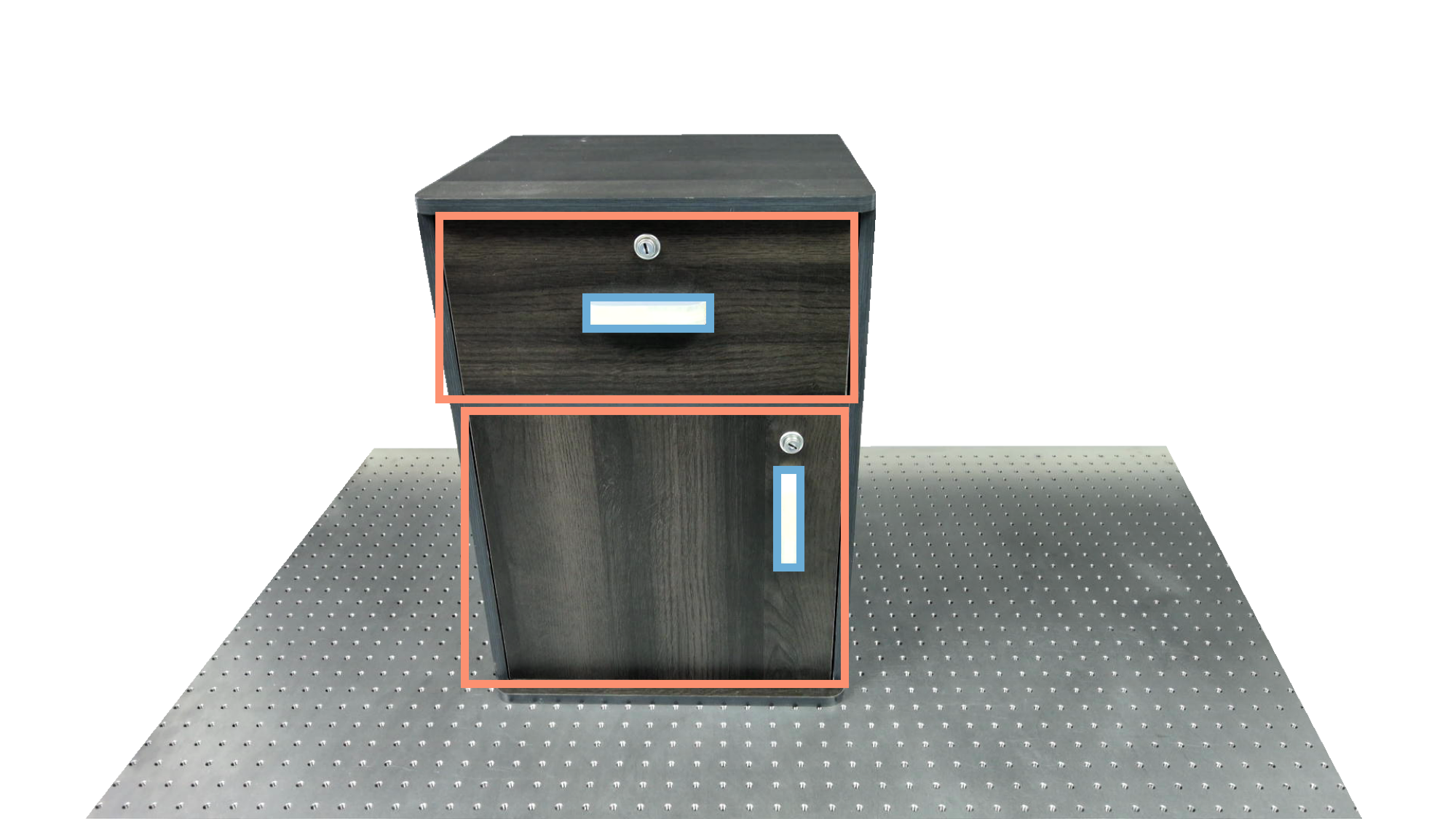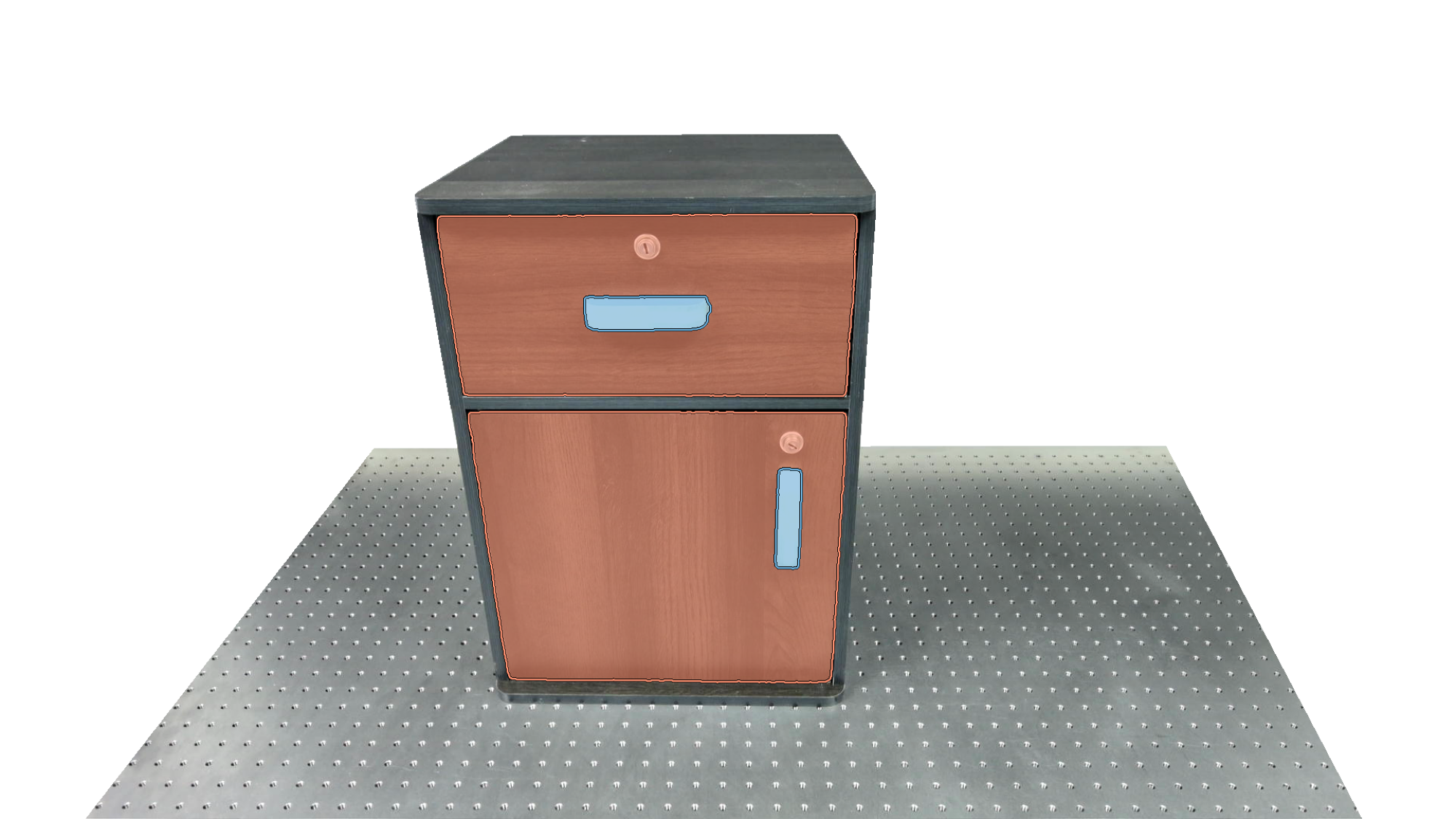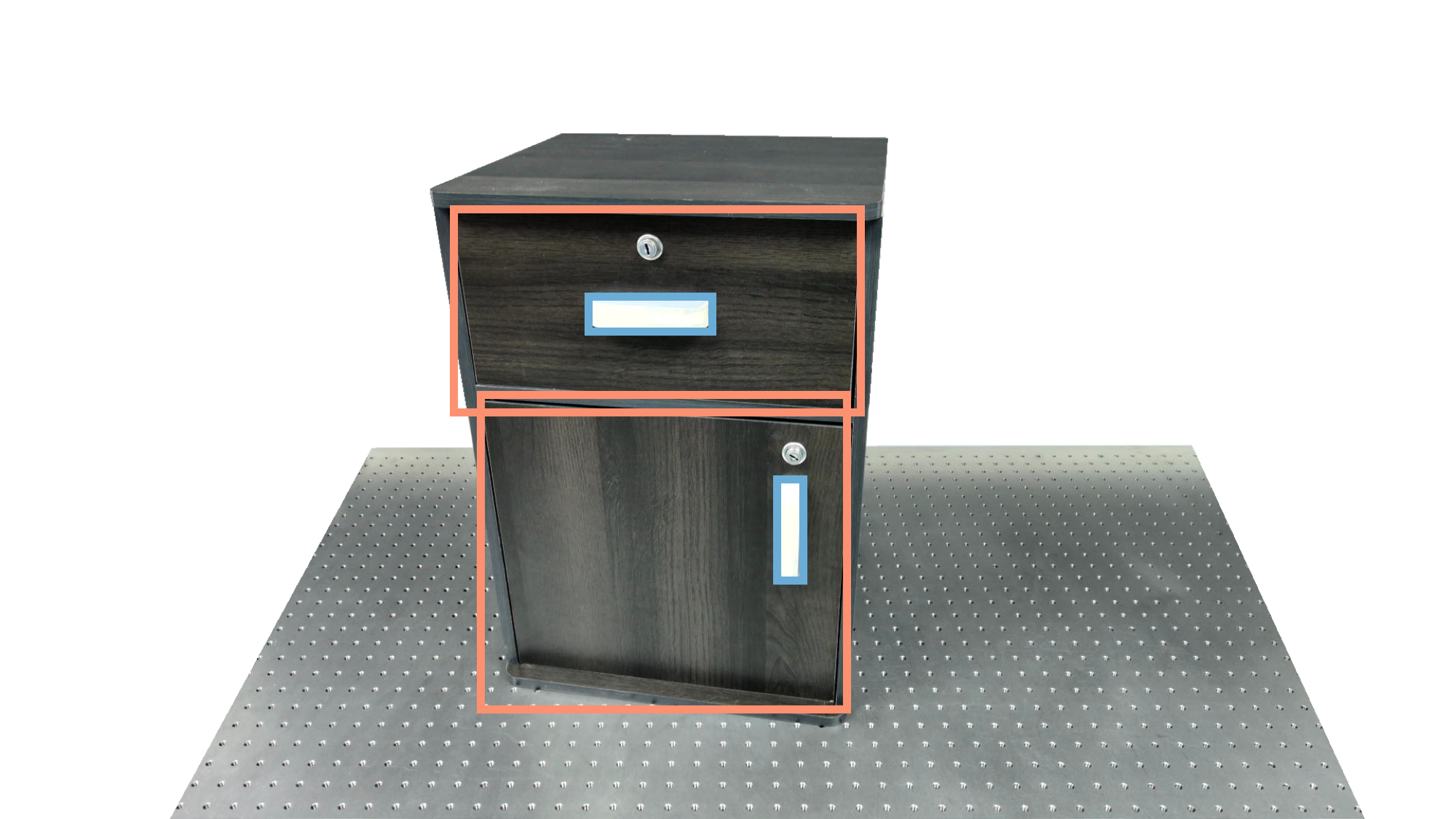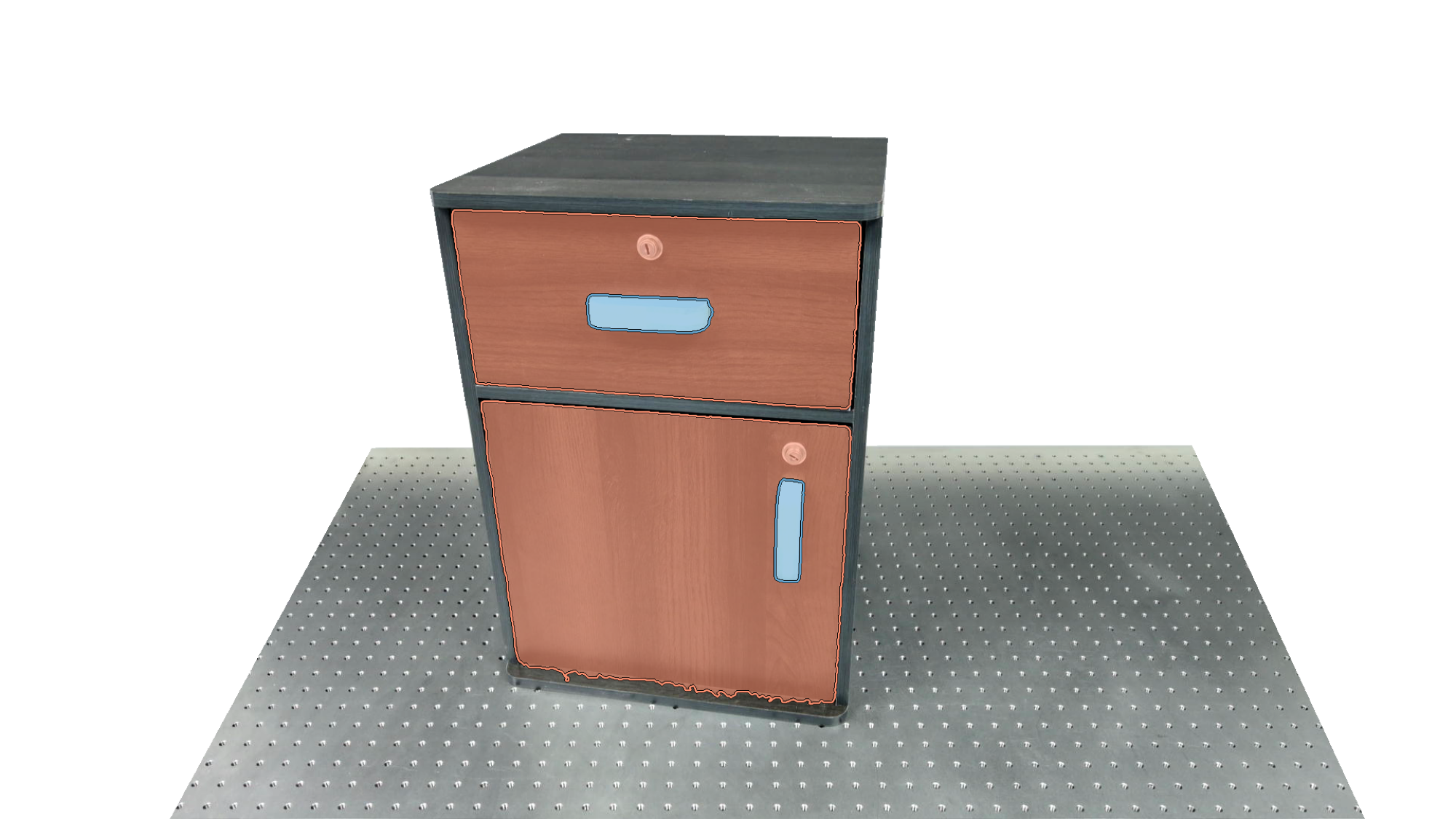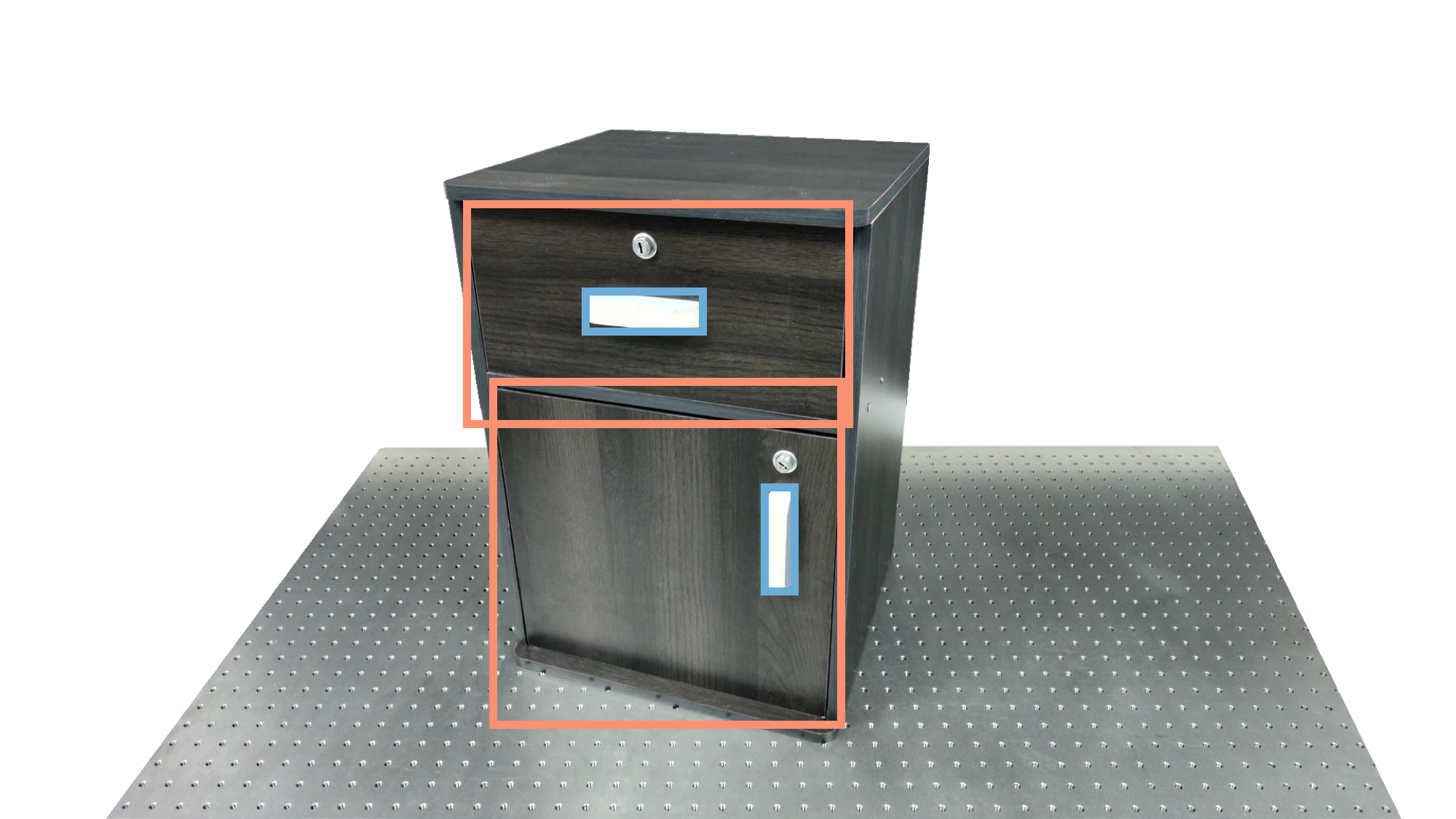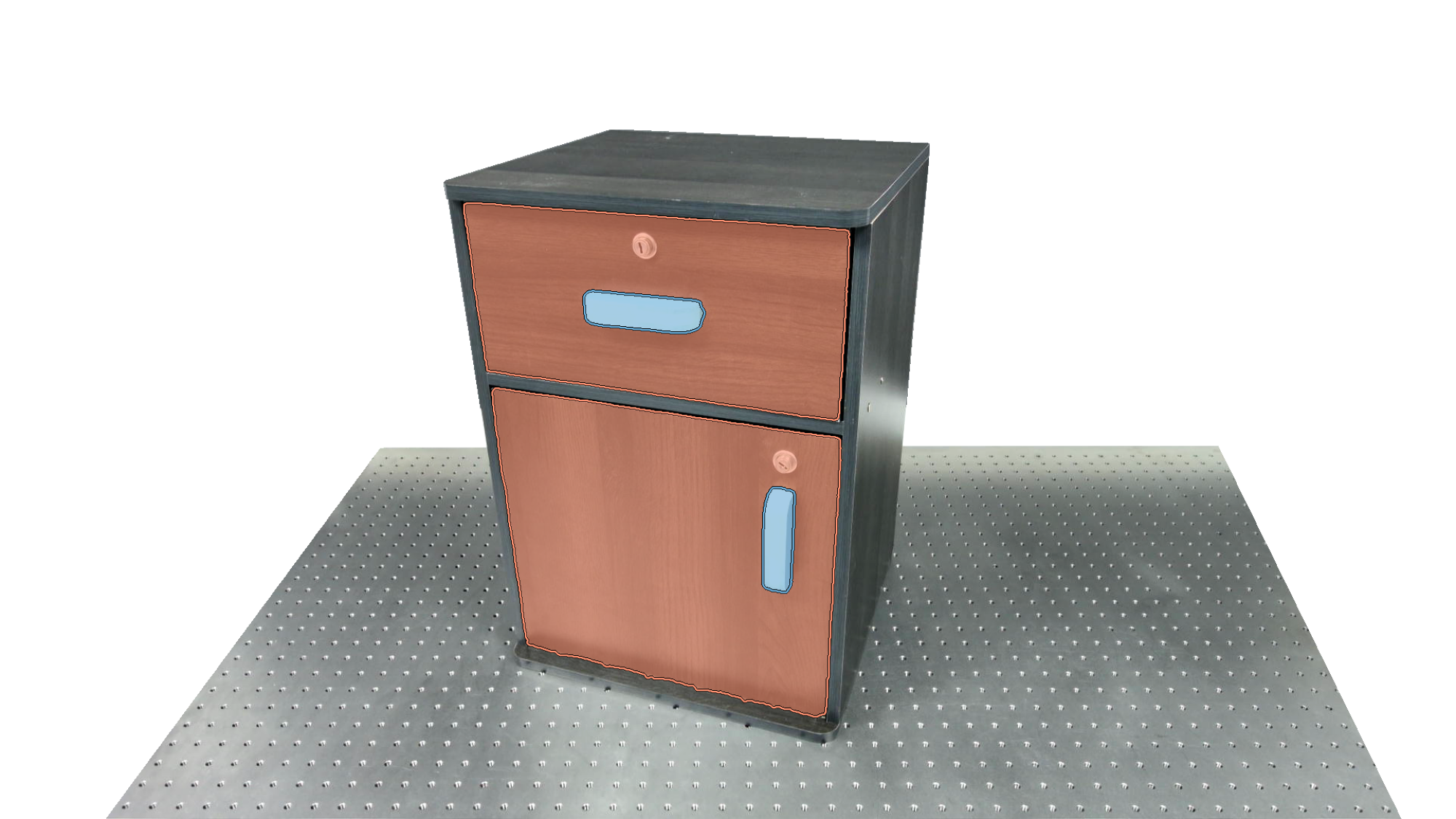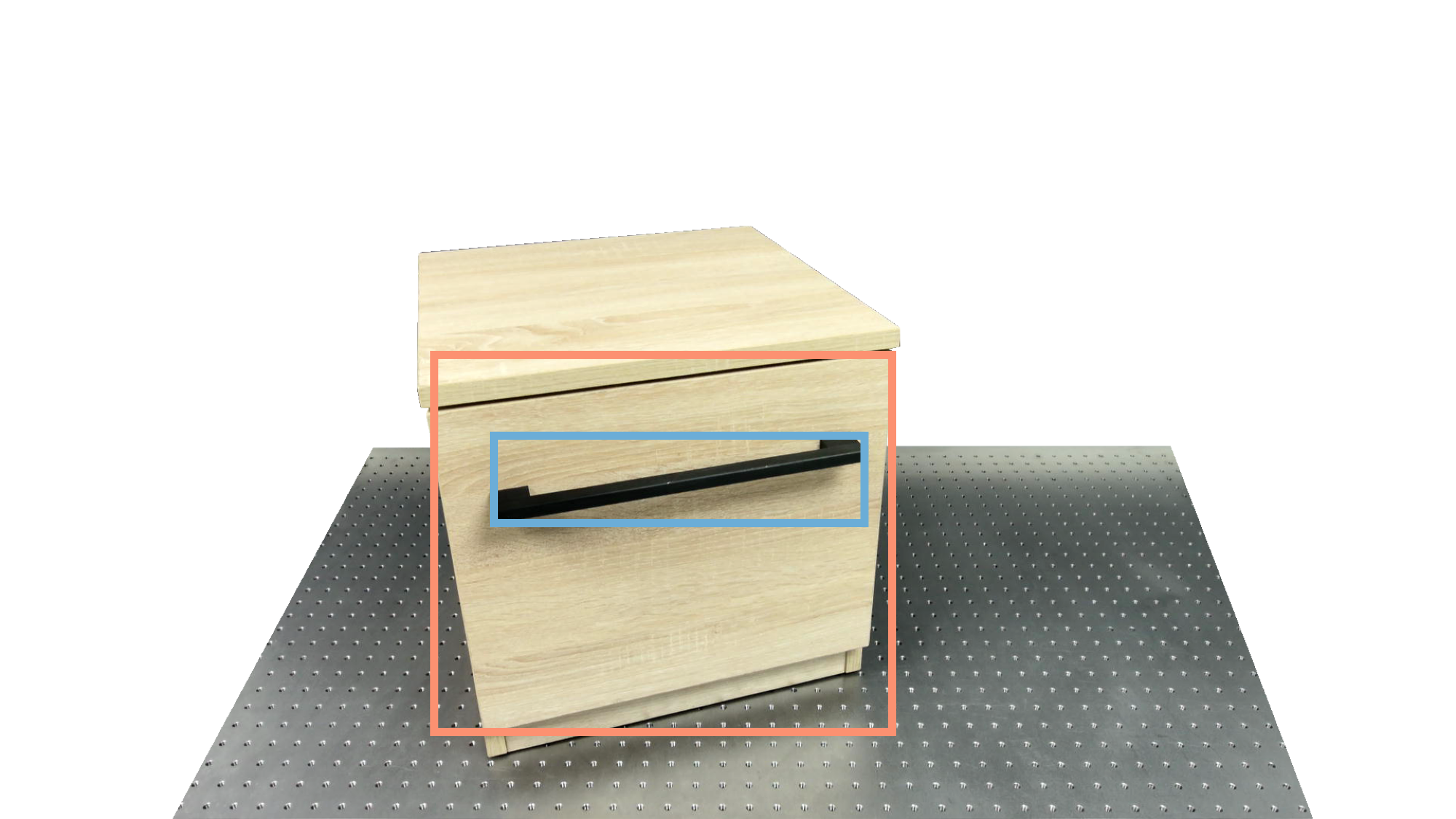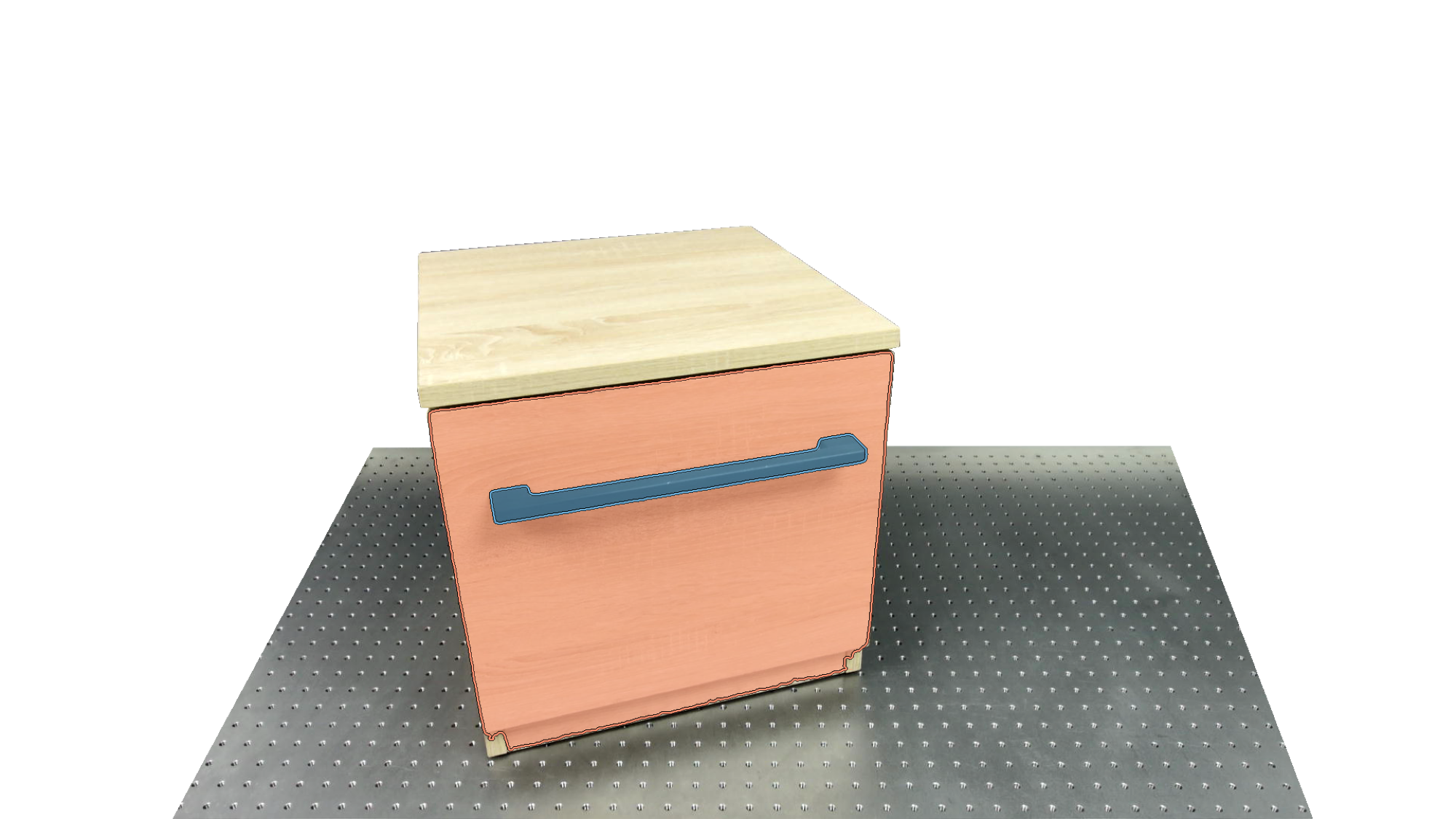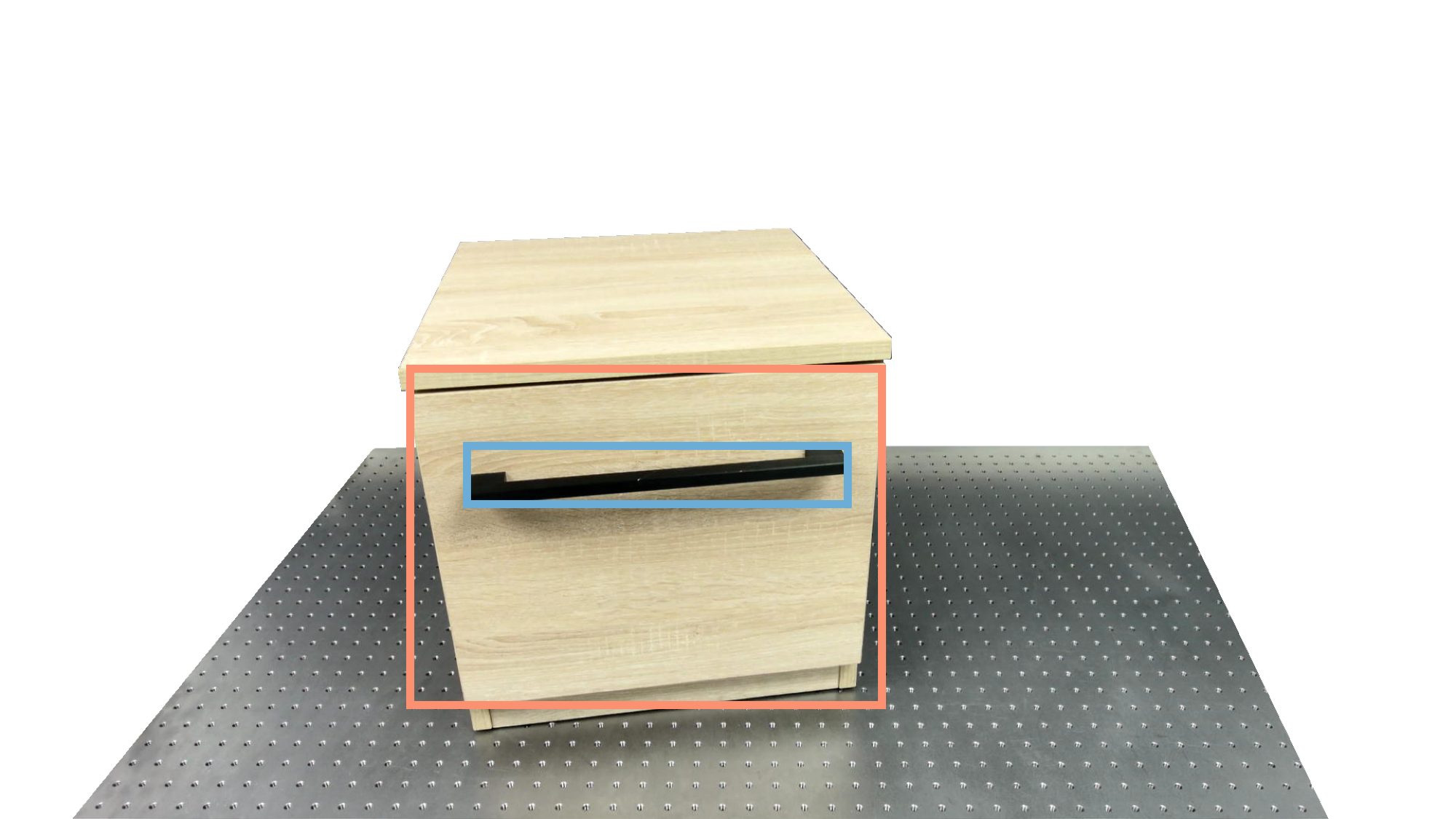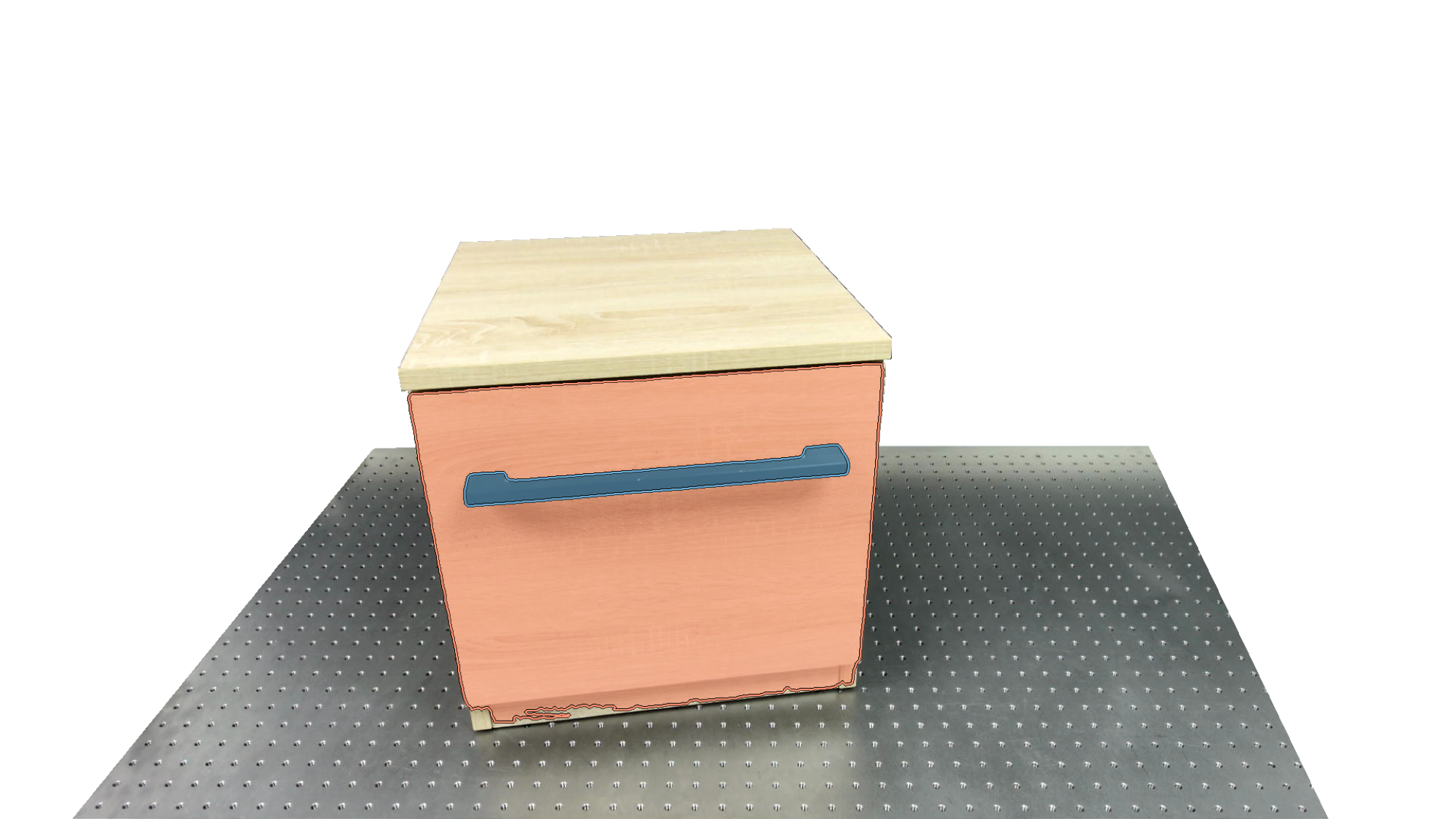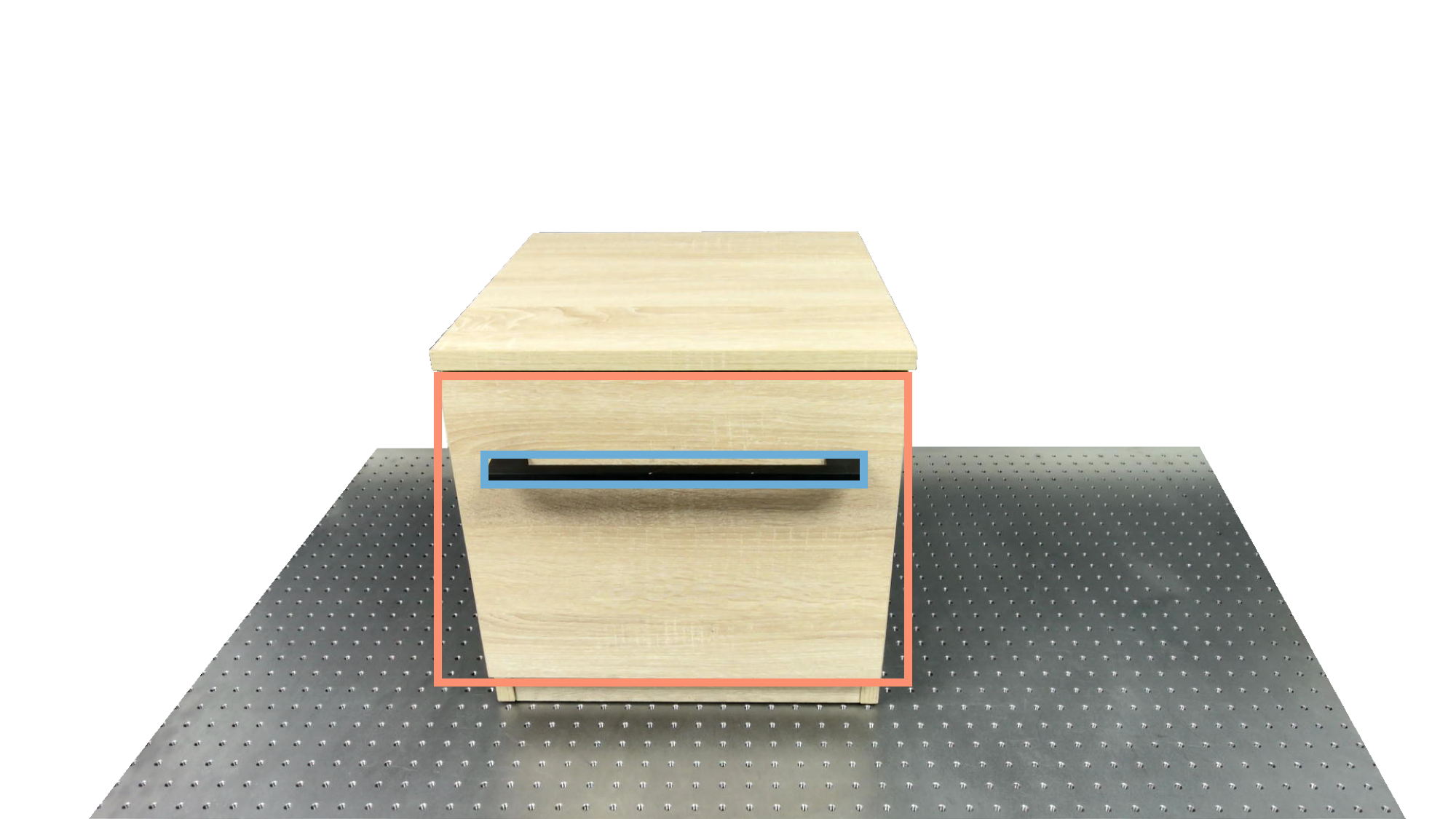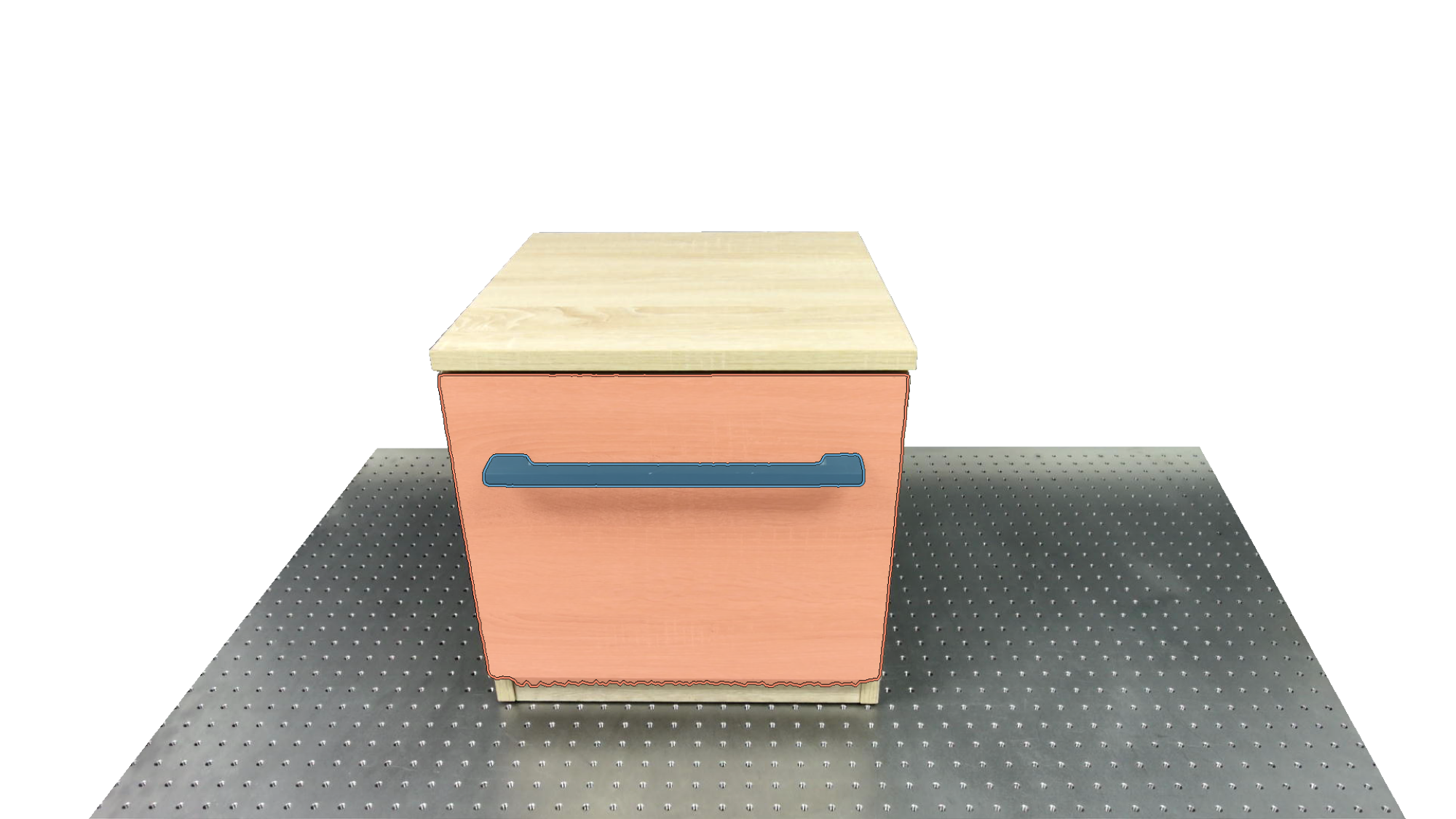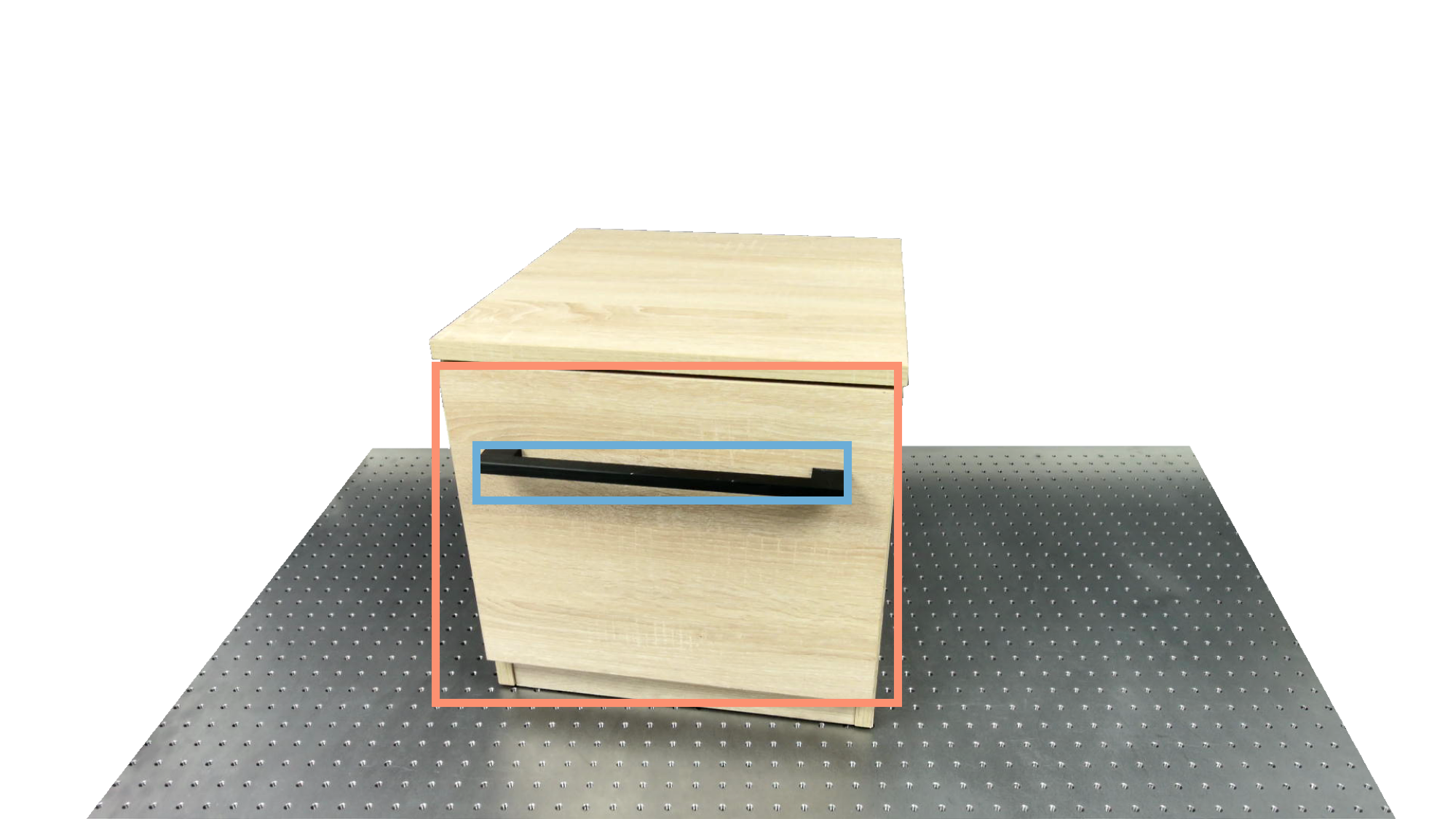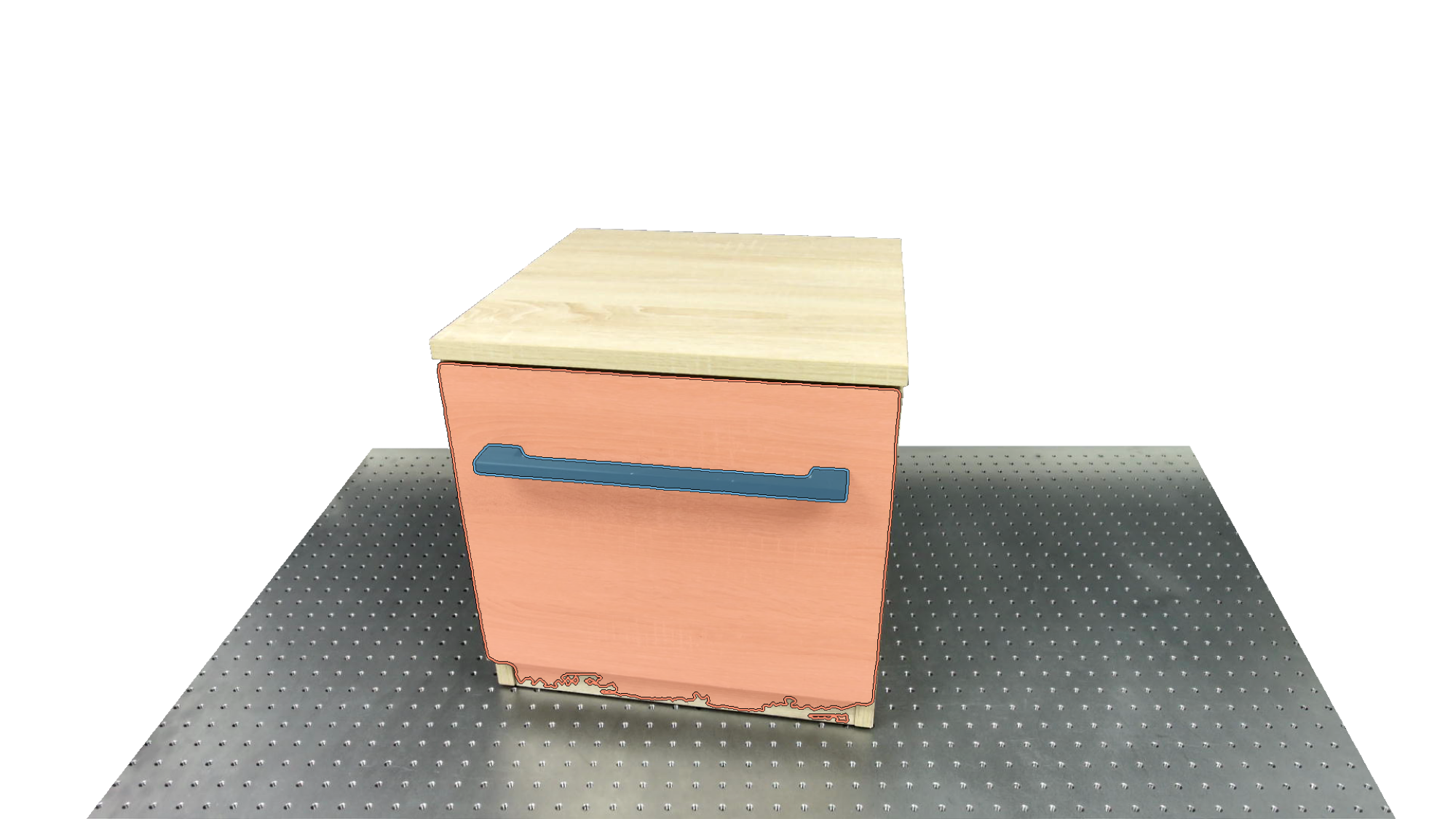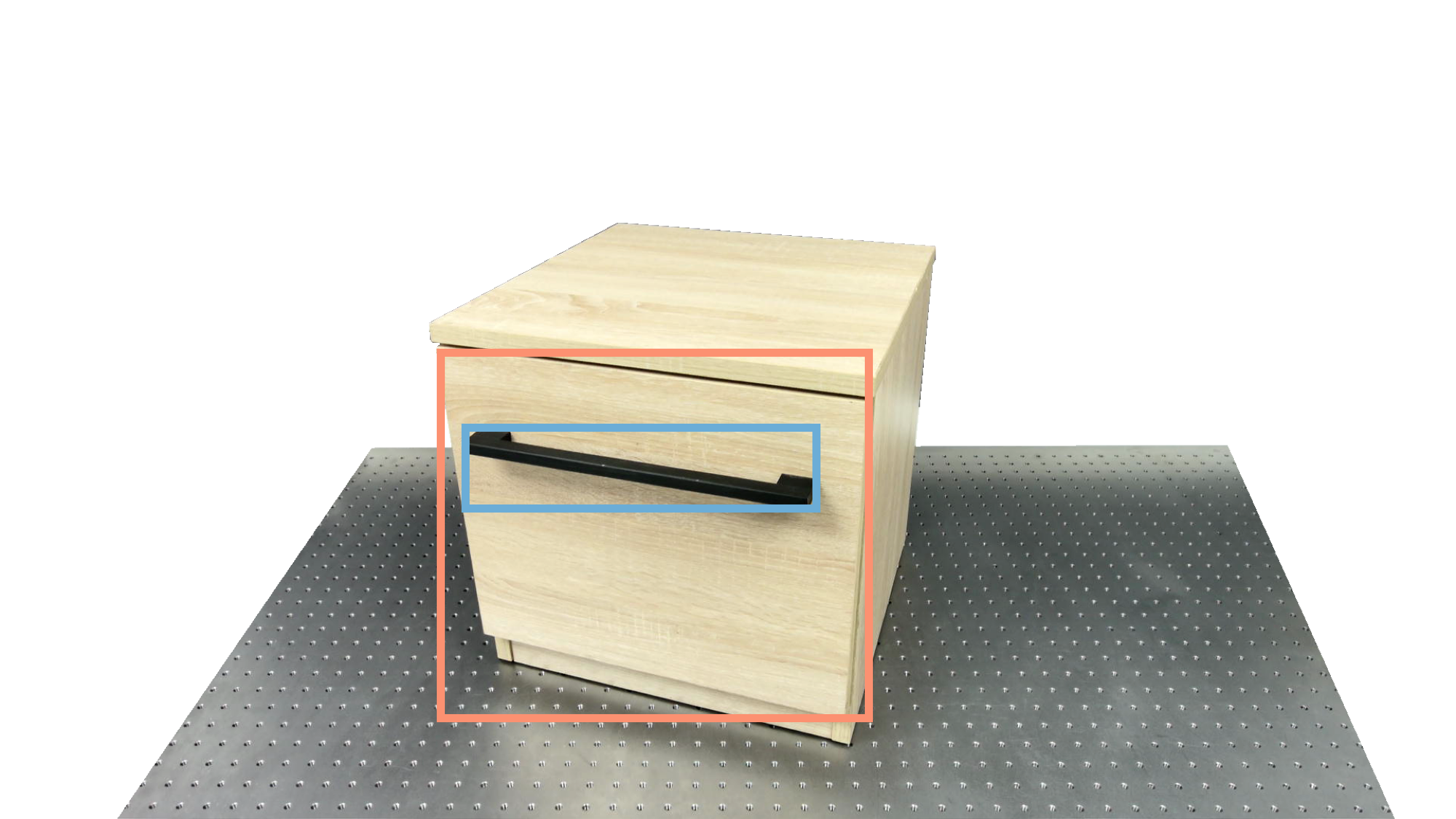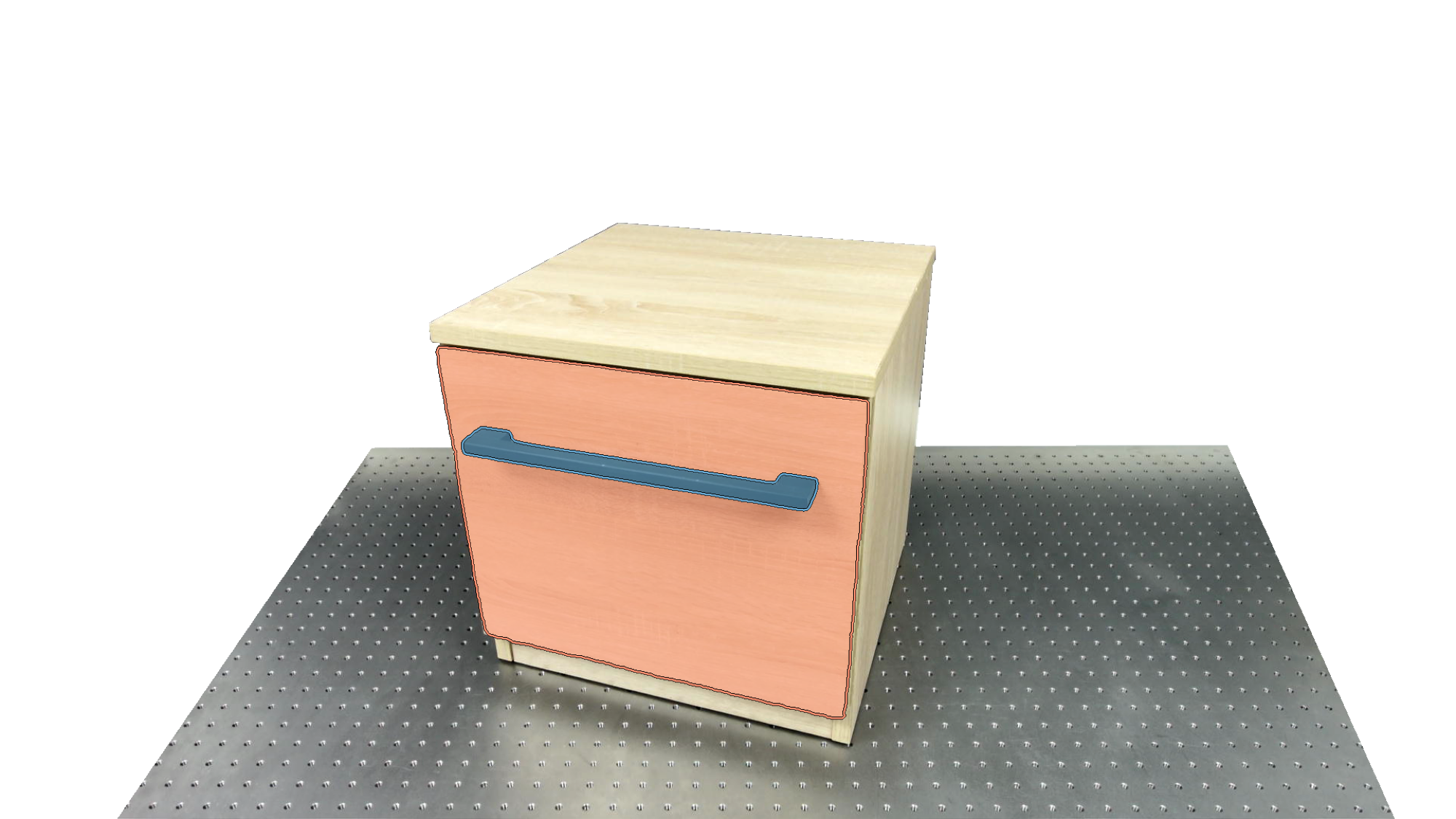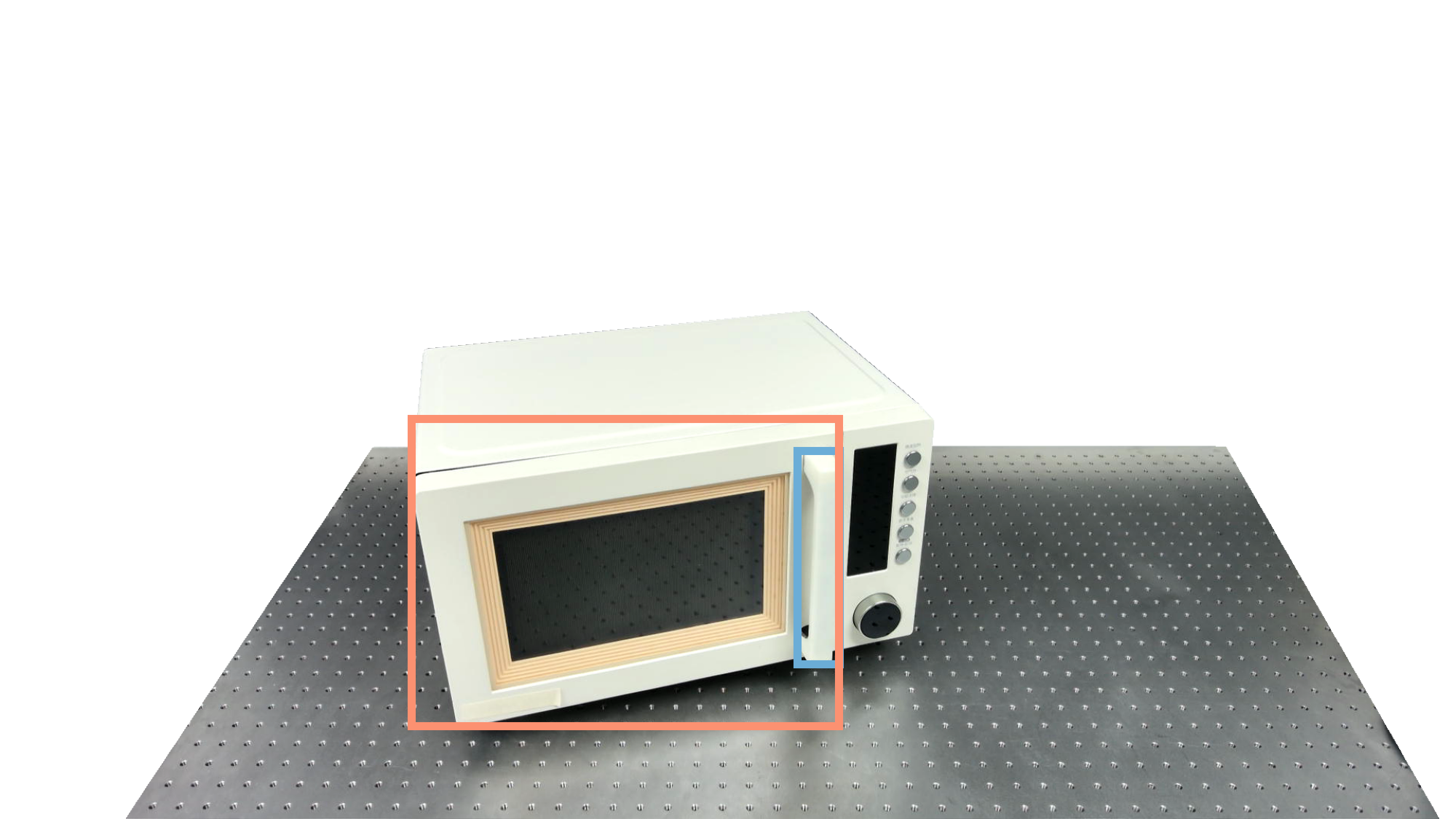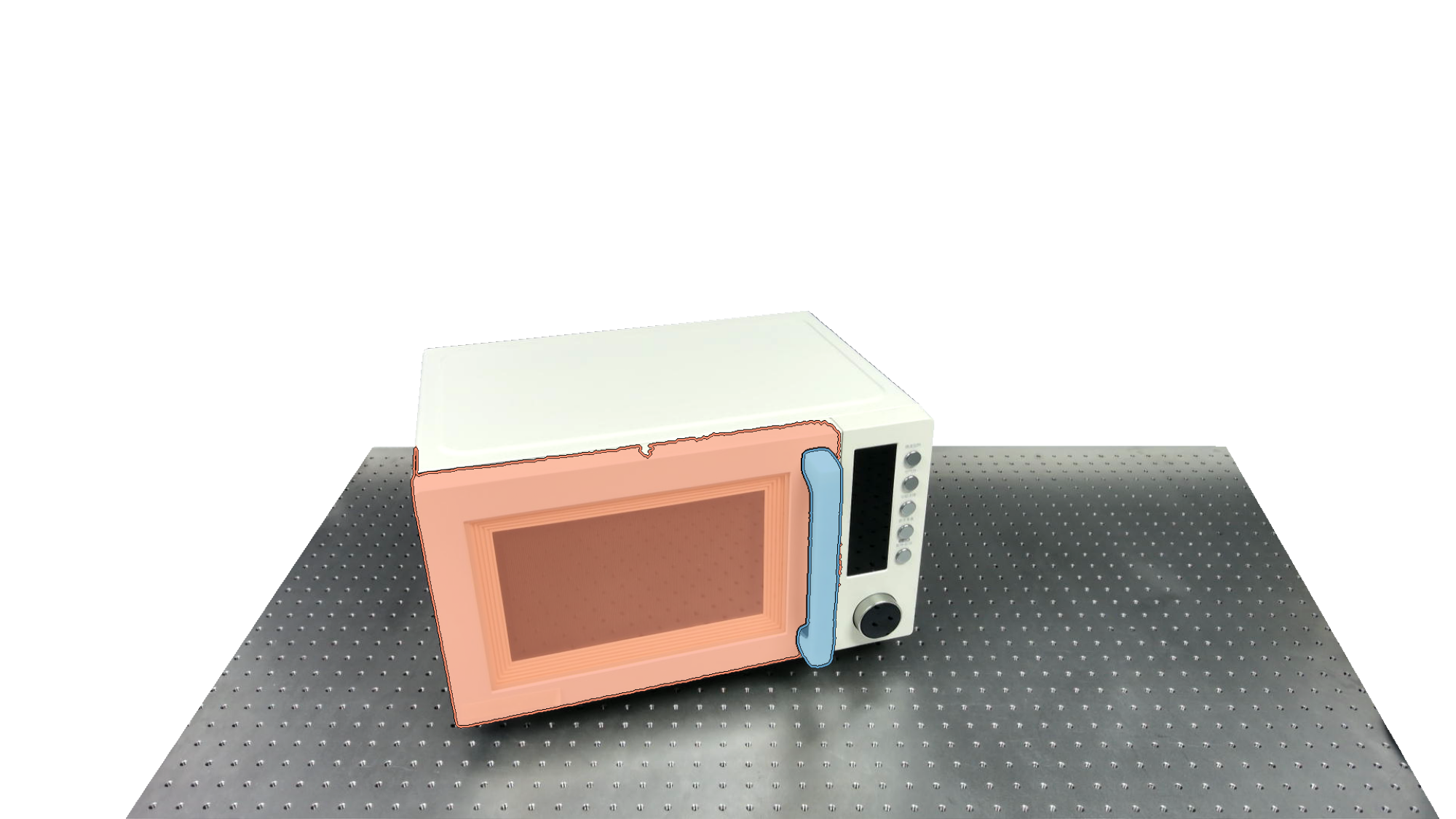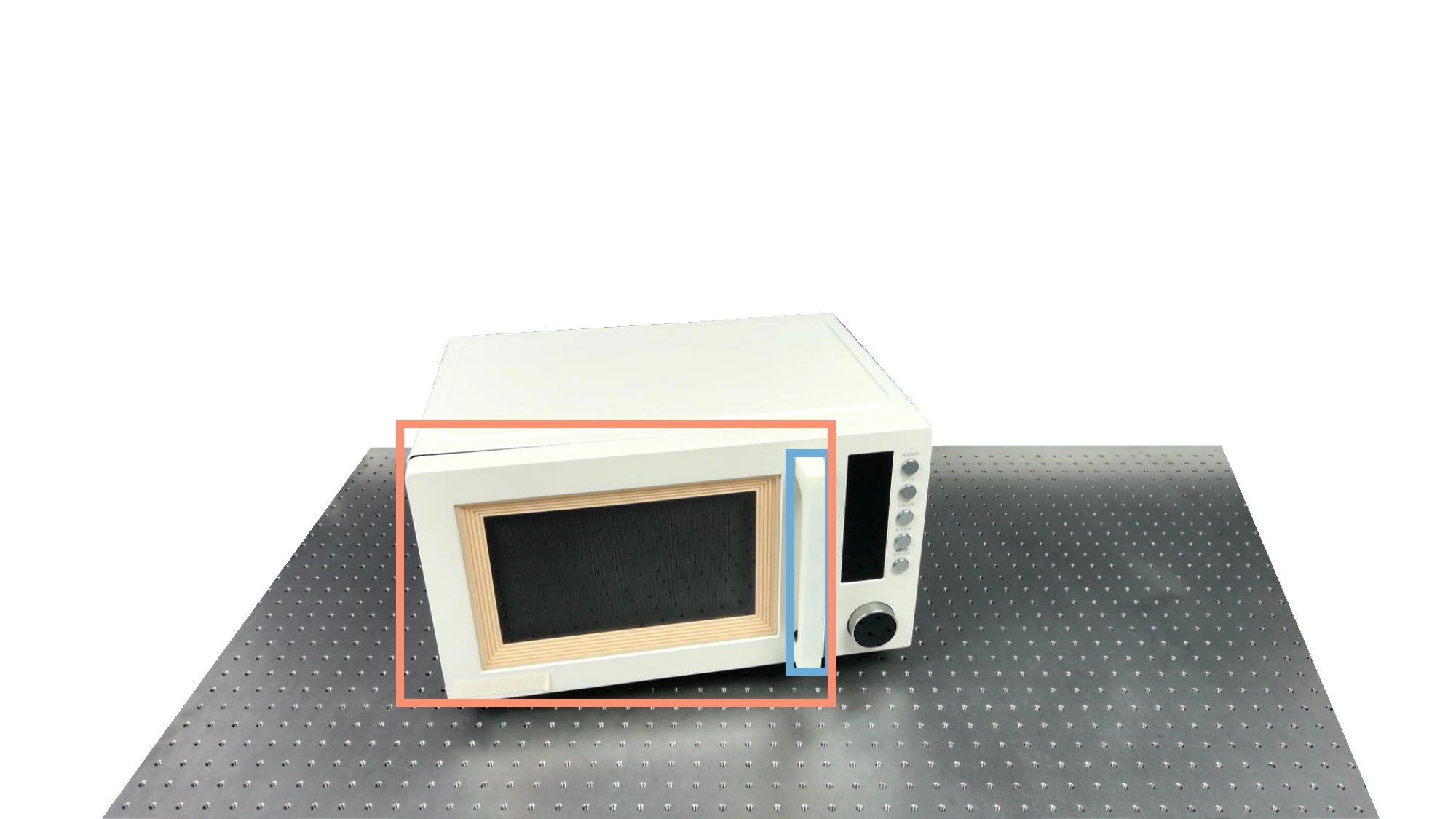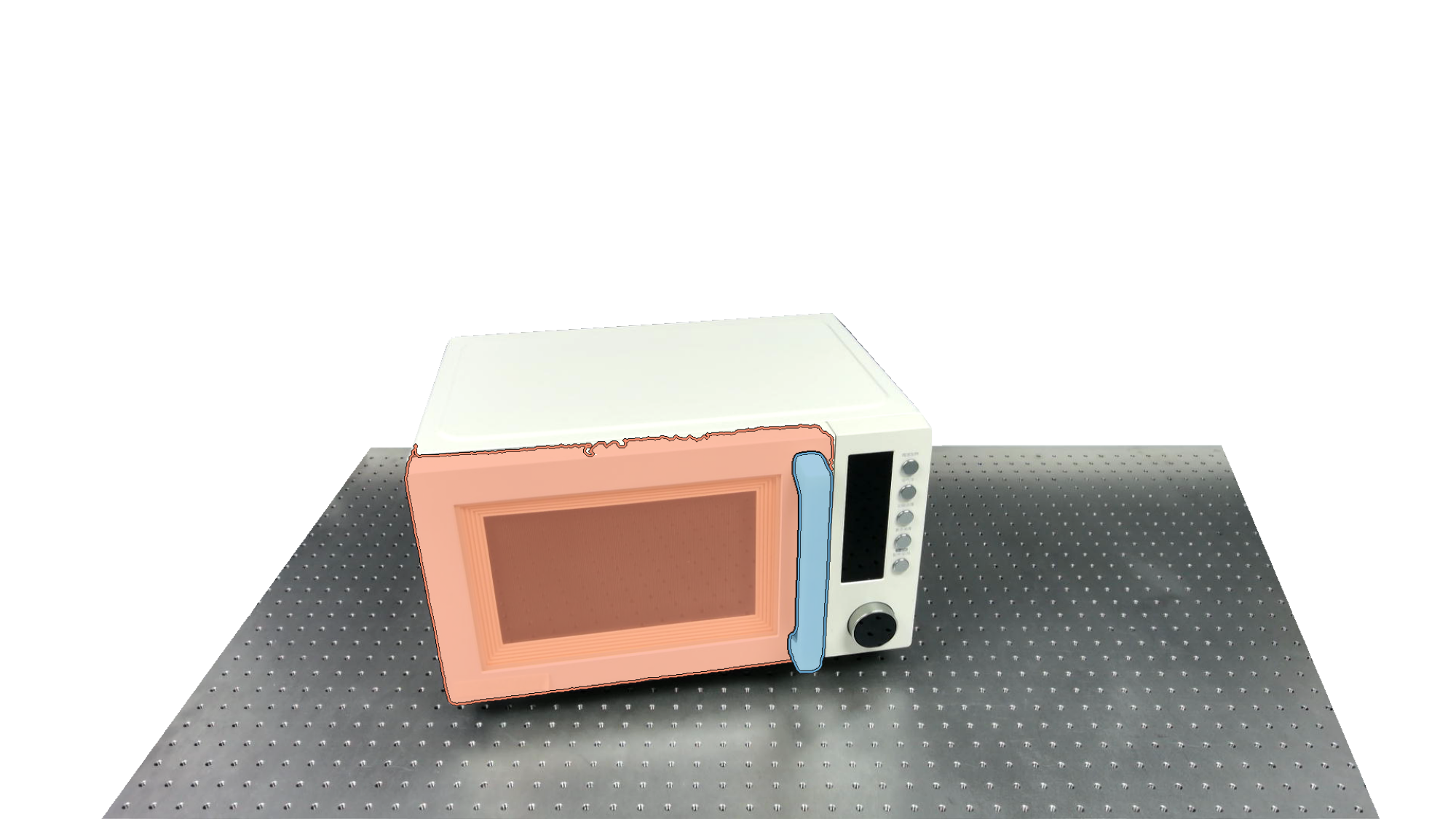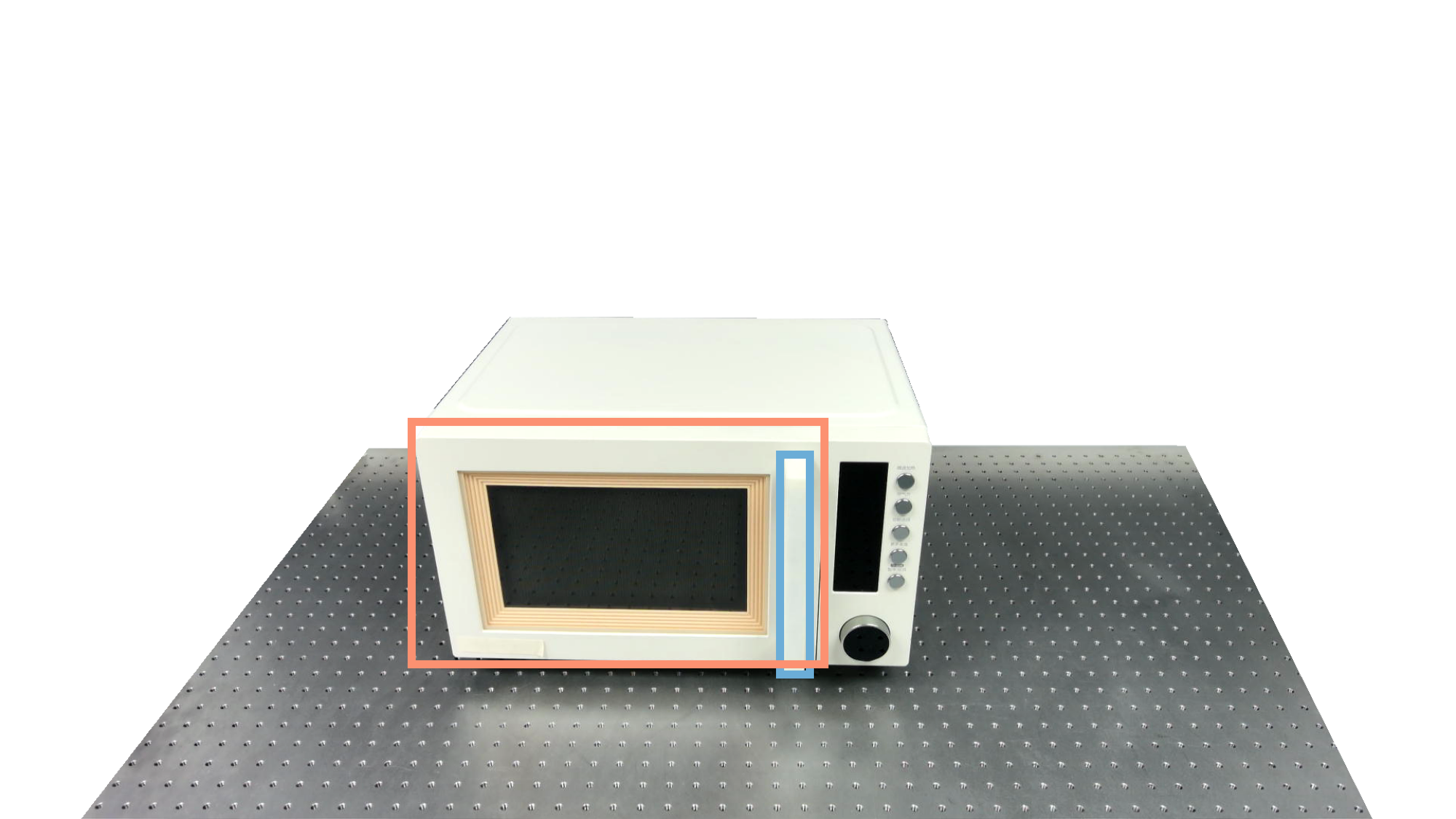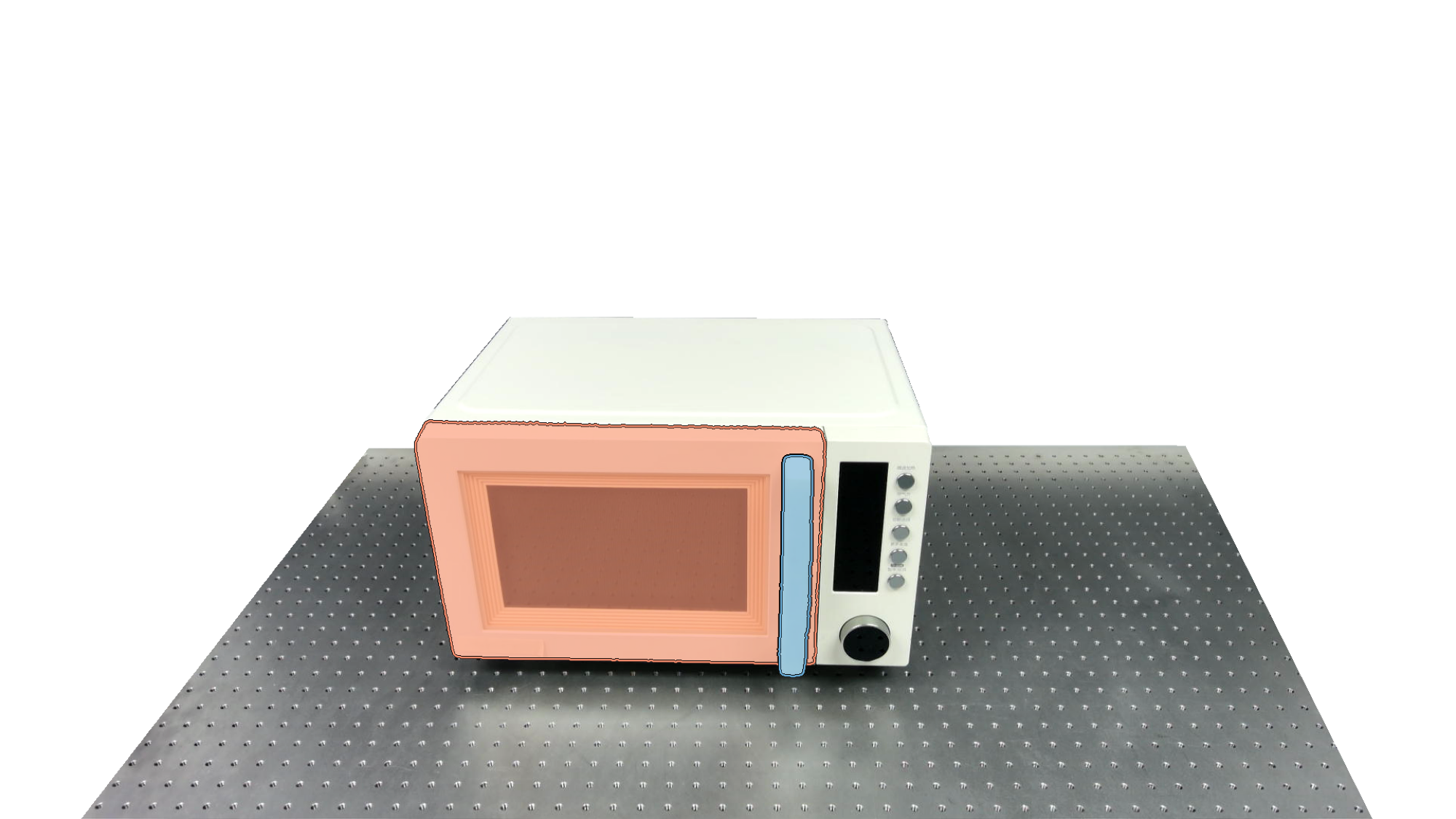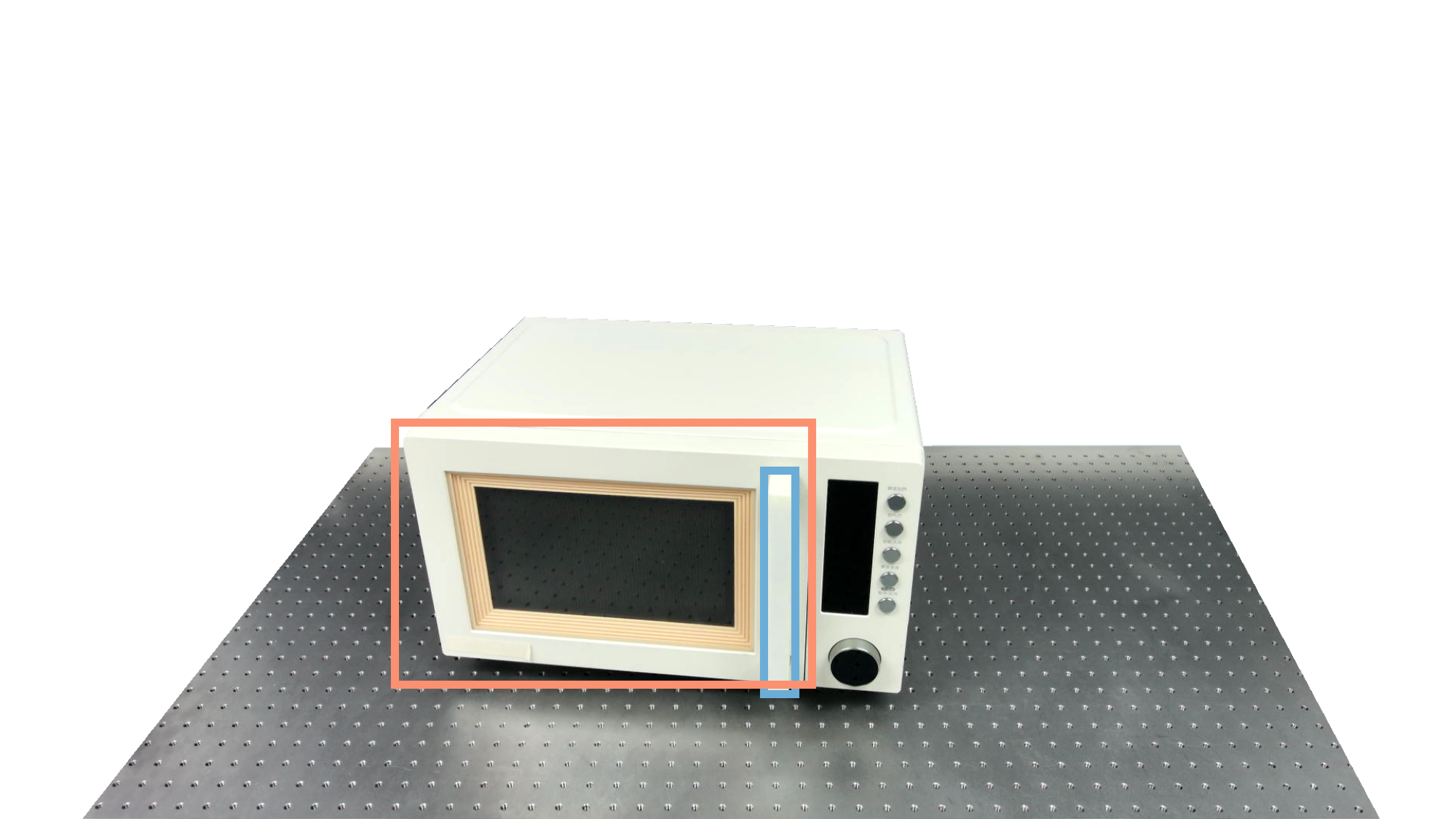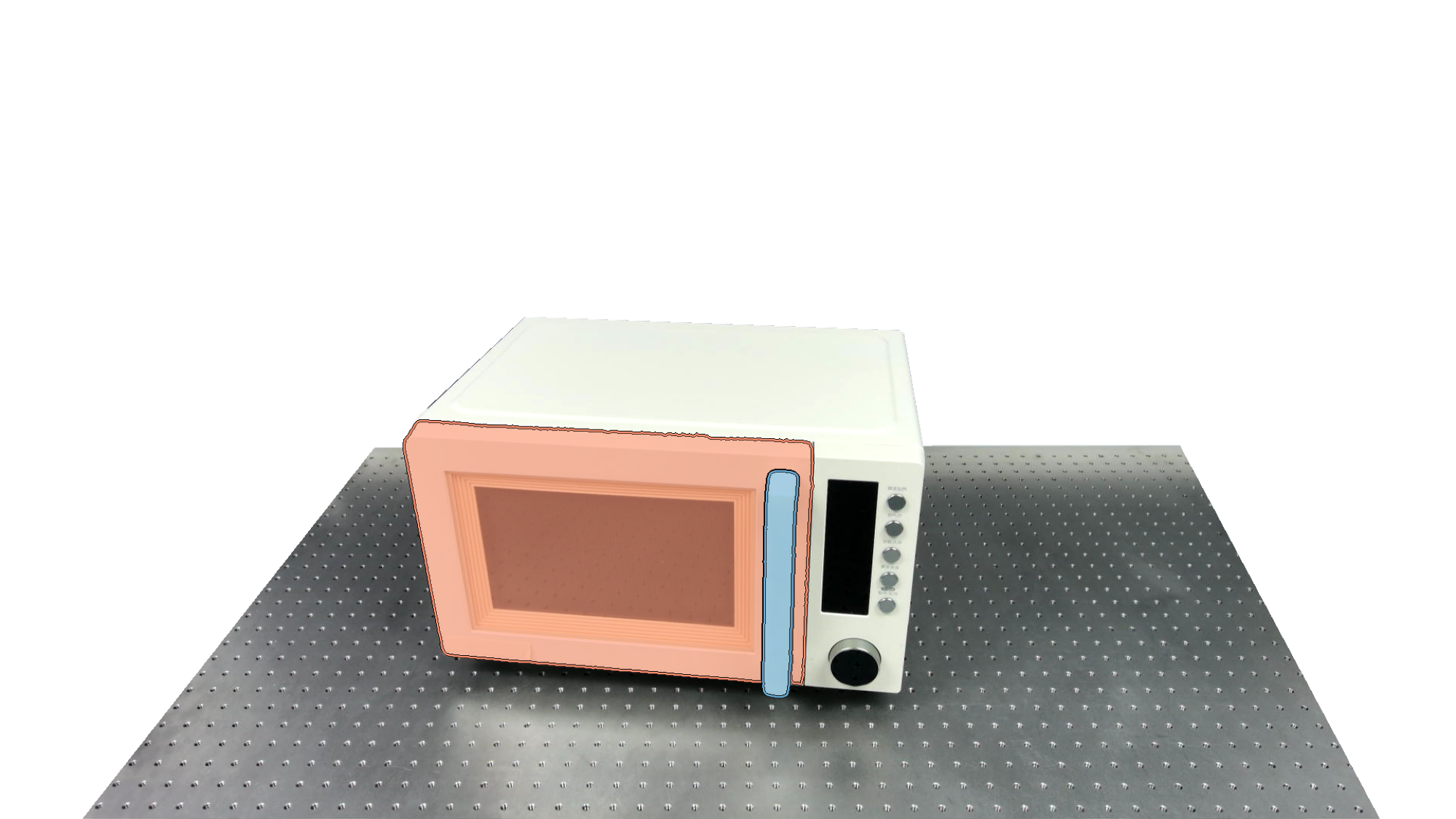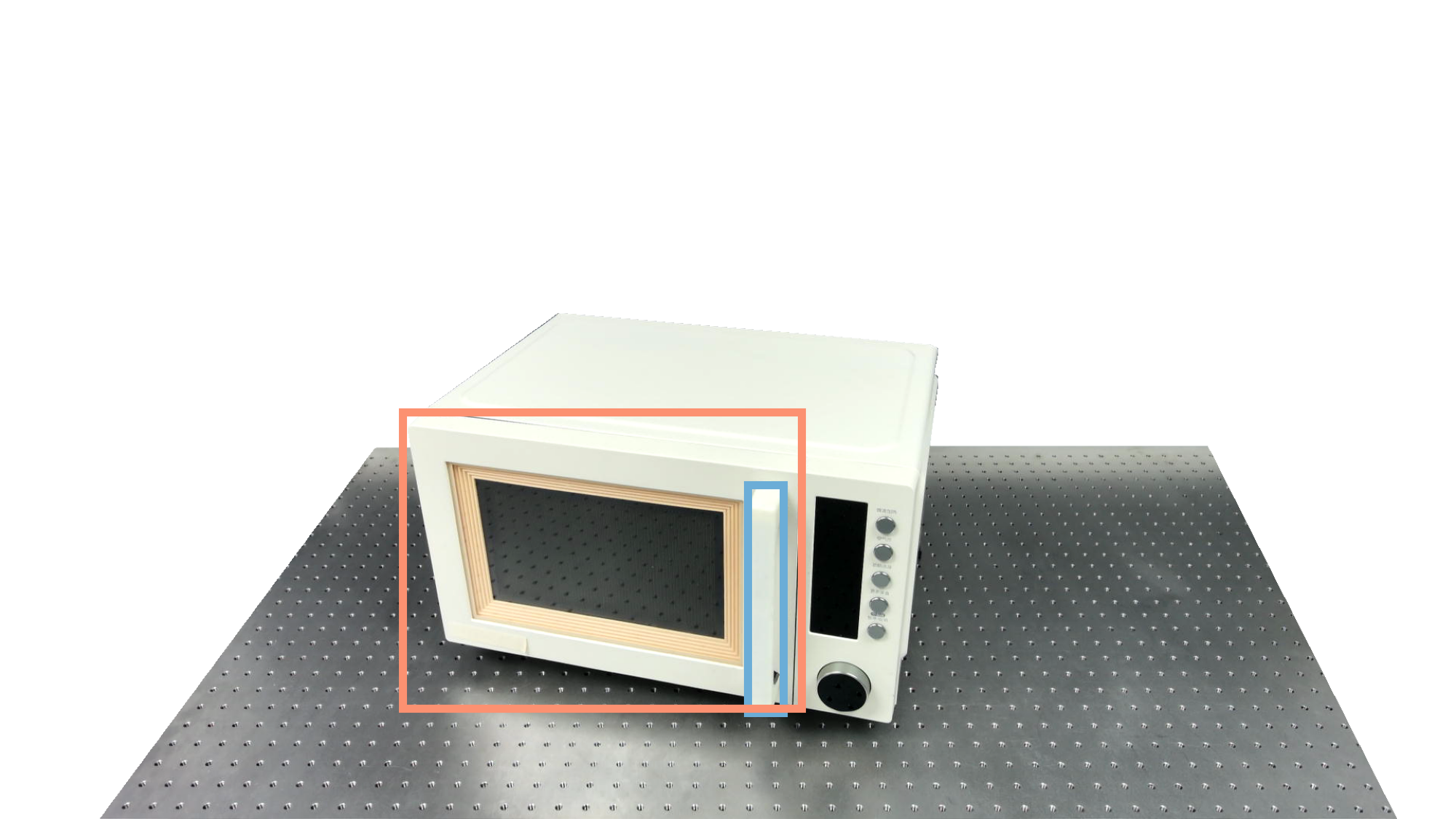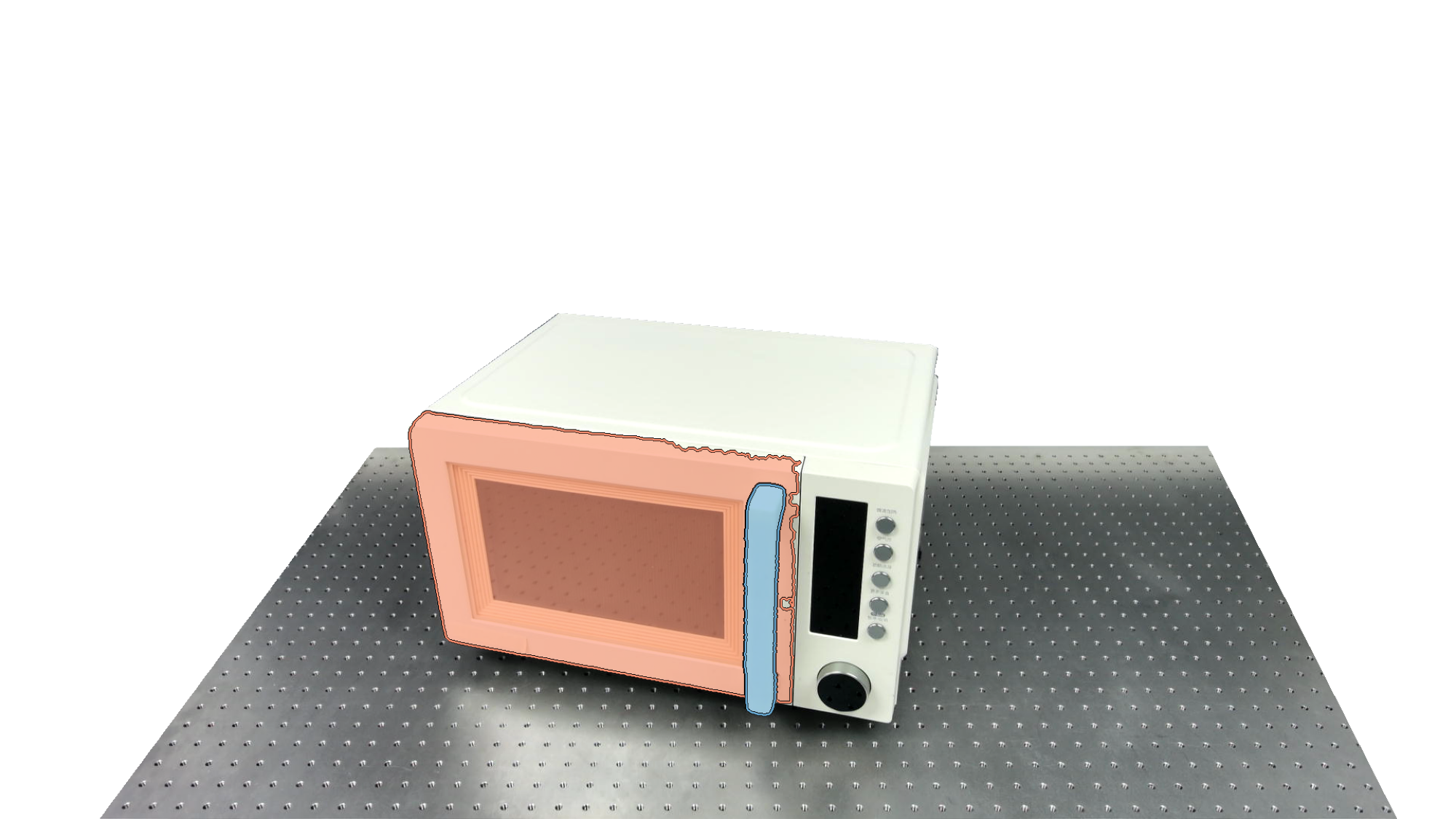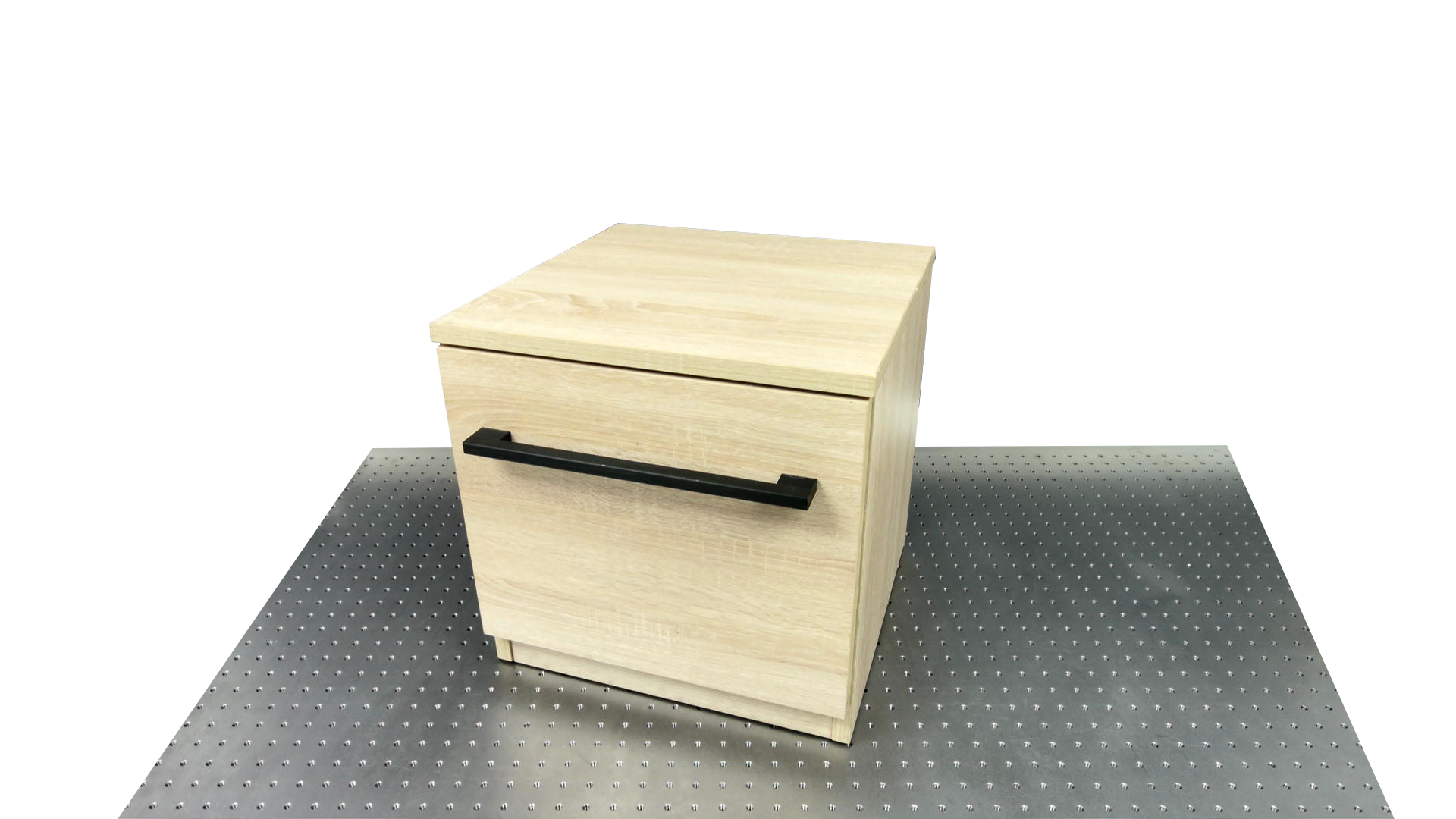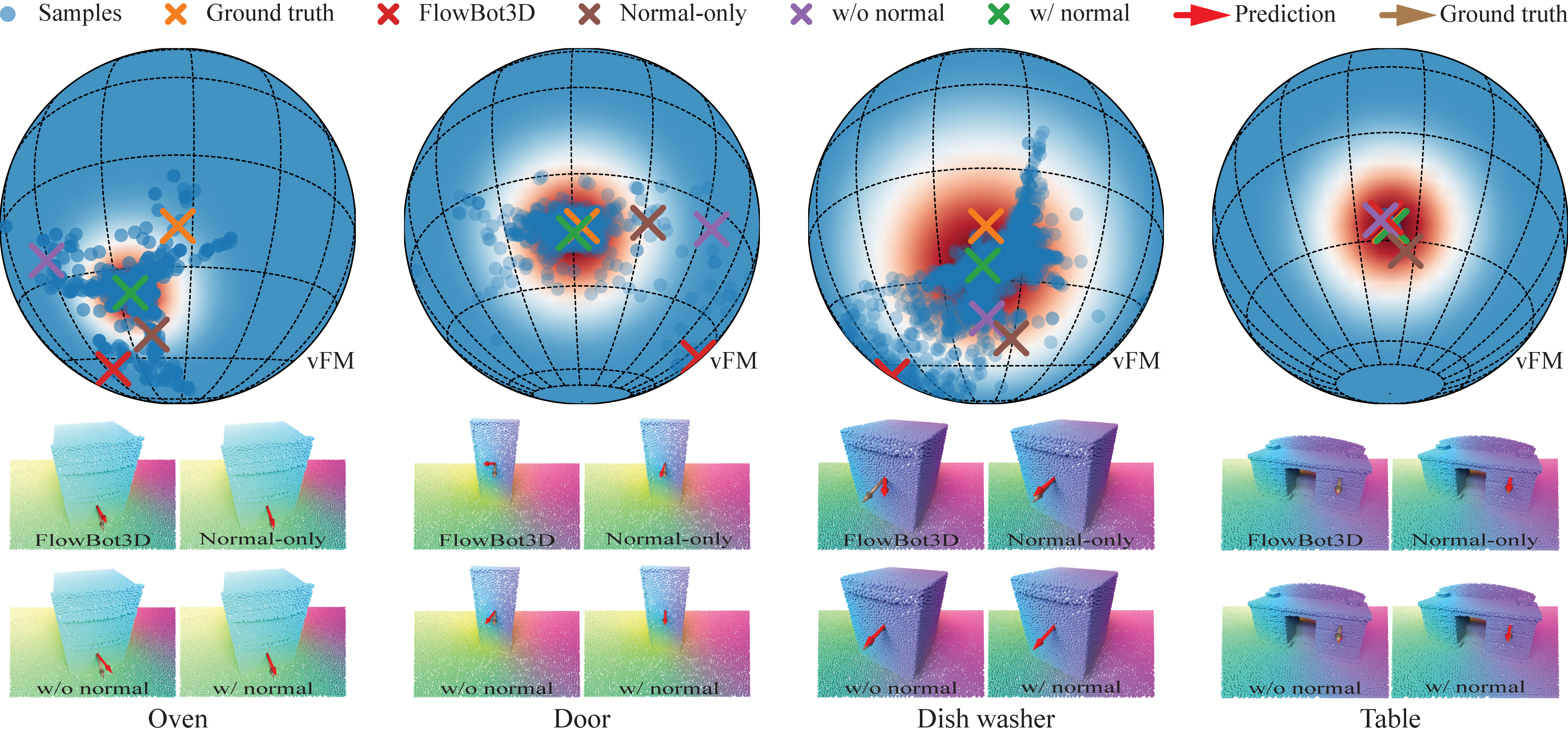
Vi-TacMan exploits the complementary strengths of vision and touch to manipulate previously unseen articulated objects: vision, with its global receptive field, proposes a coarse grasp and an initial interaction direction, which sufficiently activates the tactile-informed controller that leverages local contact information to achieve precise and robust manipulation.
Abstract
Autonomous manipulation of articulated objects remains a fundamental challenge for robots in human environments. Vision-based methods can infer hidden kinematics but yield imprecise estimates on unfamiliar objects. Tactile approaches achieve robust control through contact feedback but require accurate initialization. This suggests a natural synergy: vision for global guidance, touch for local precision. This observation suggests a natural division of labor: vision provides global, coarse guidance, while touch delivers precise, robust execution. Yet no framework systematically exploits this complementarity for generalized articulated manipulation. Here we present Vi-TacMan, which uses vision to propose grasps and coarse directions that seed a tactile controller for precise execution. By incorporating surface normals as geometric priors and modeling directions via von Mises-Fisher distributions, our approach achieves significant gains over baselines (all $\boldsymbol{p}<0.0001$). Critically, manipulation succeeds without explicit kinematic models—the tactile controller refines coarse visual estimates through real-time contact regulation. Tests on 50,000+ simulated and diverse real-world objects confirm robust cross-category generalization. This work establishes that coarse visual cues suffice for reliable manipulation when coupled with tactile feedback, offering a scalable paradigm for autonomous systems in unstructured environments.
